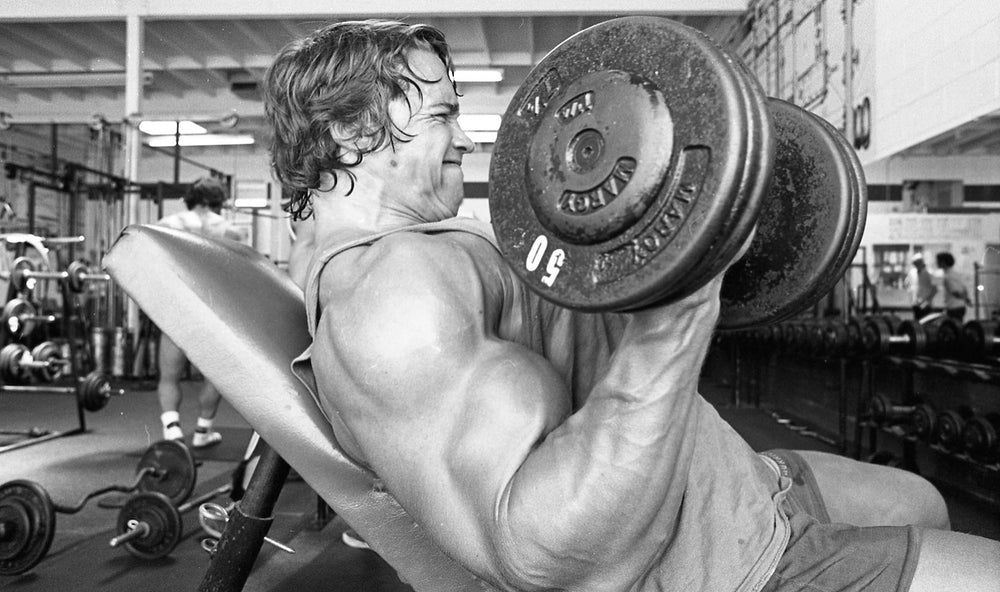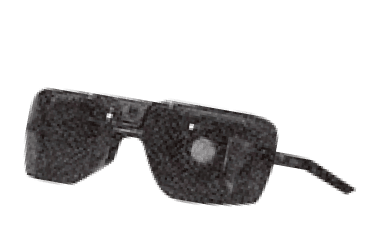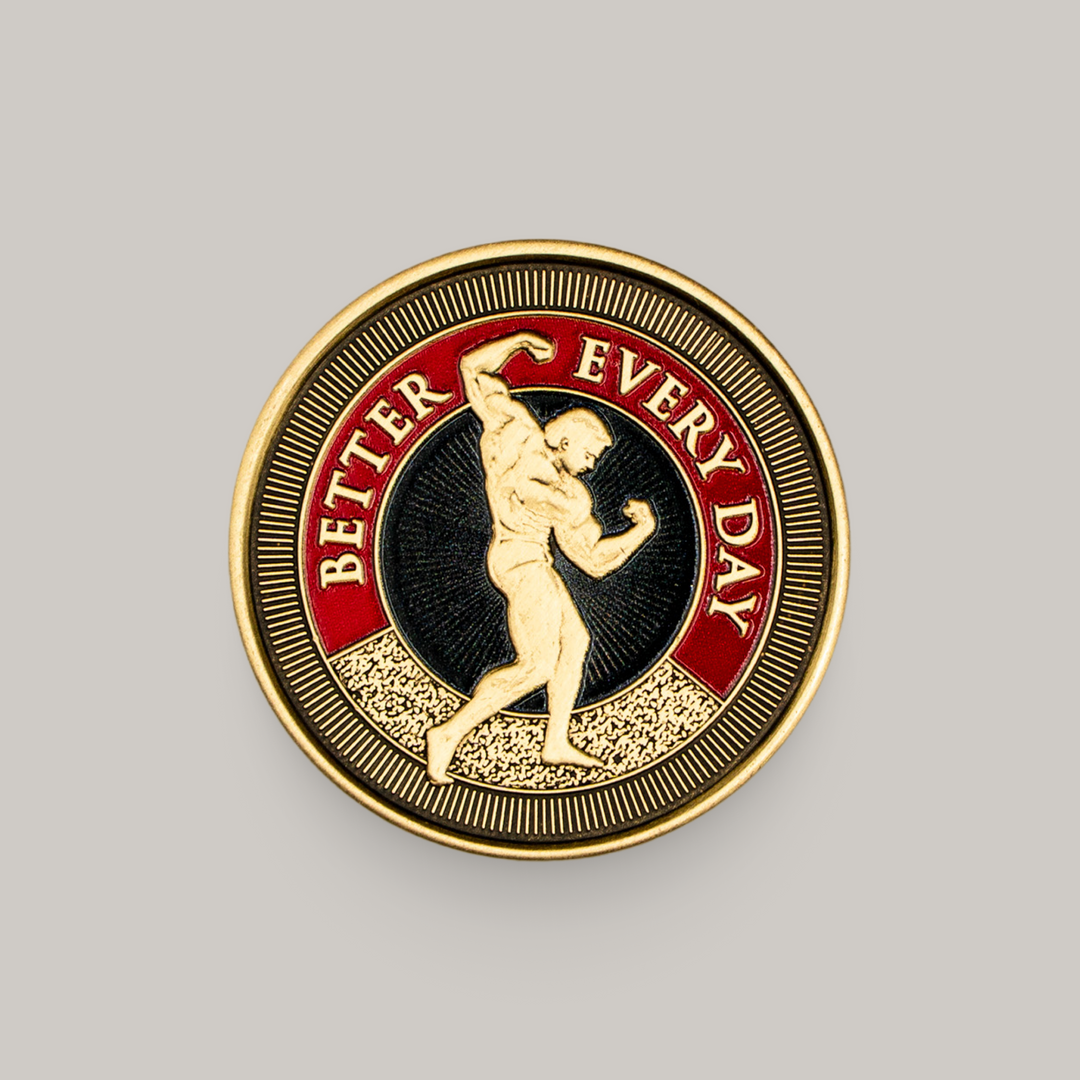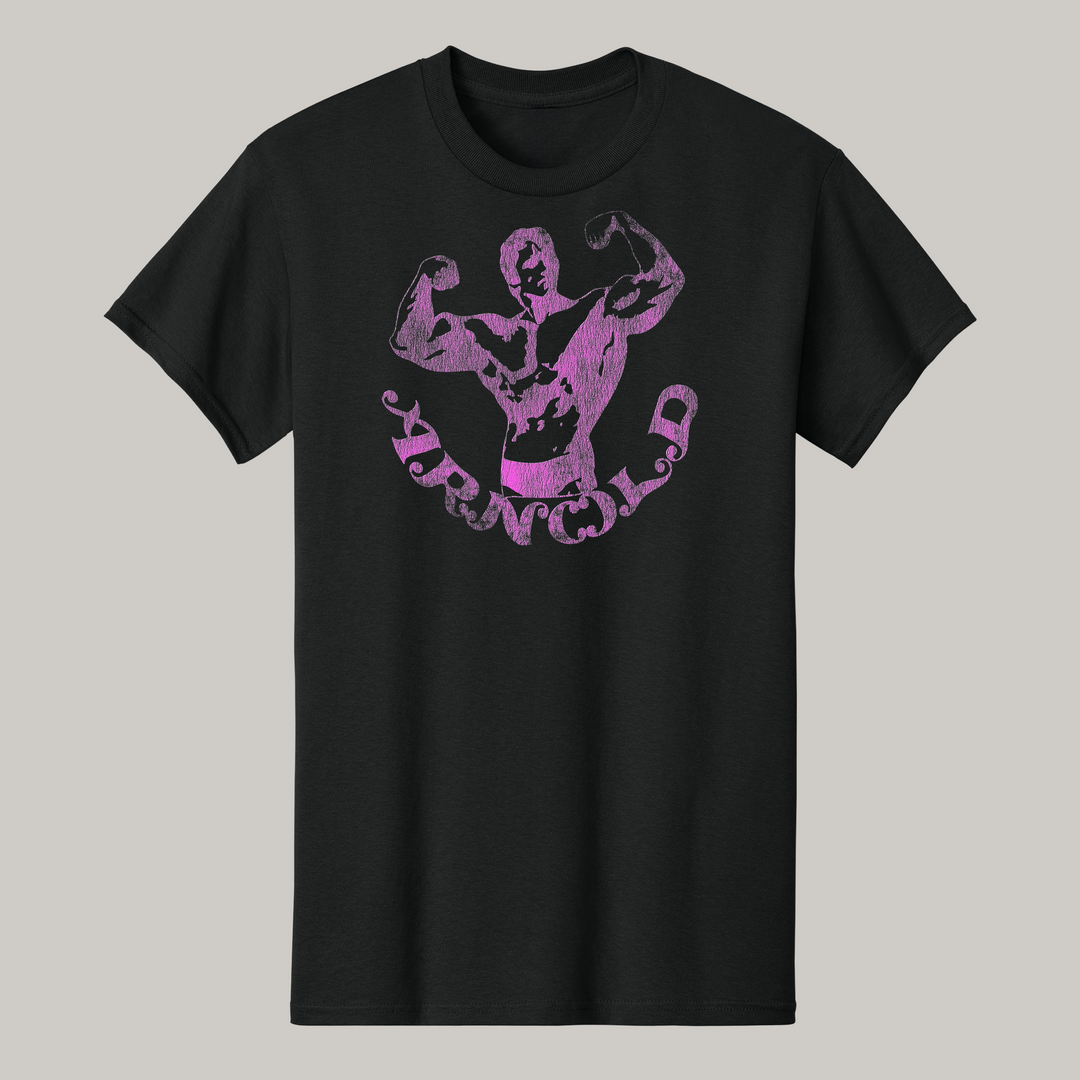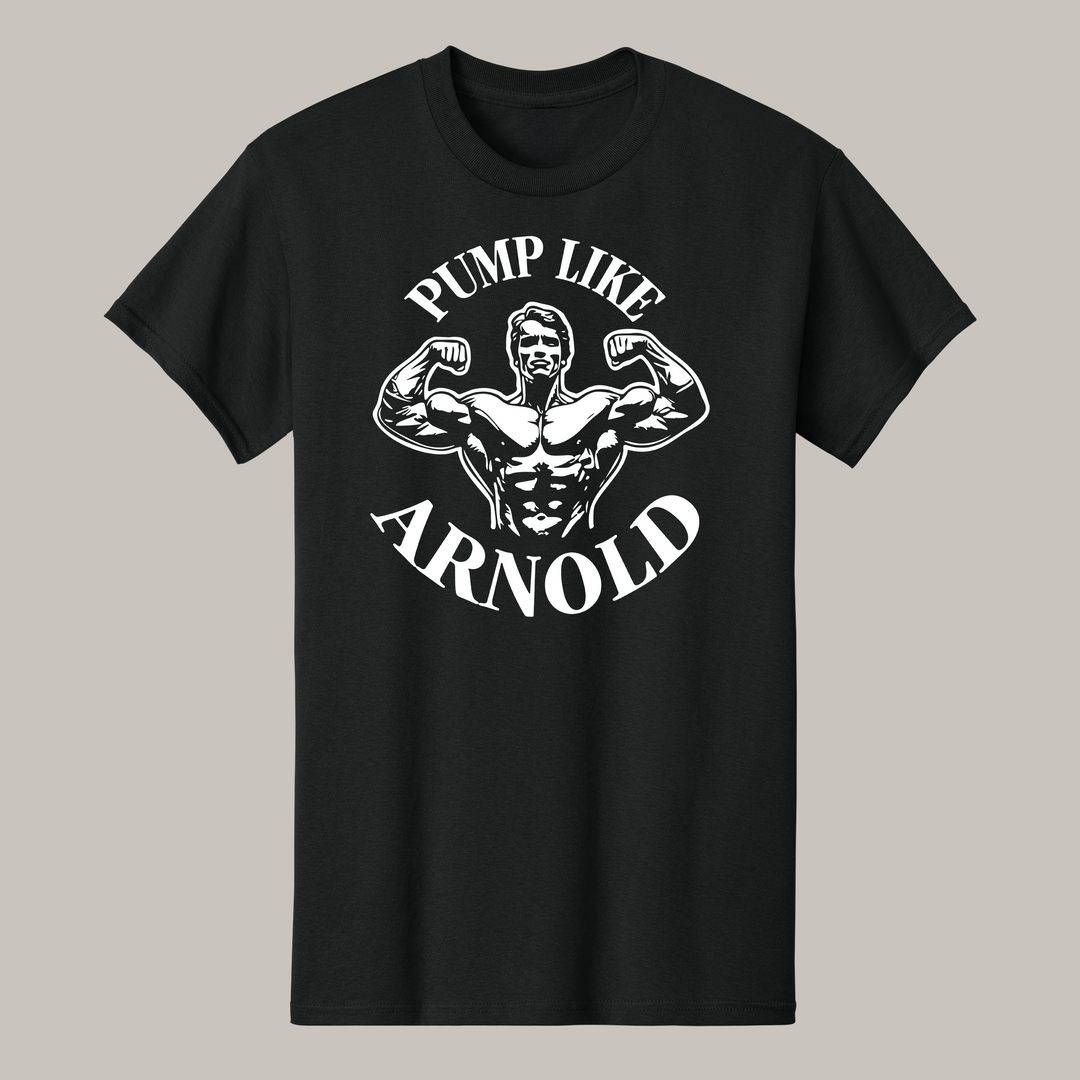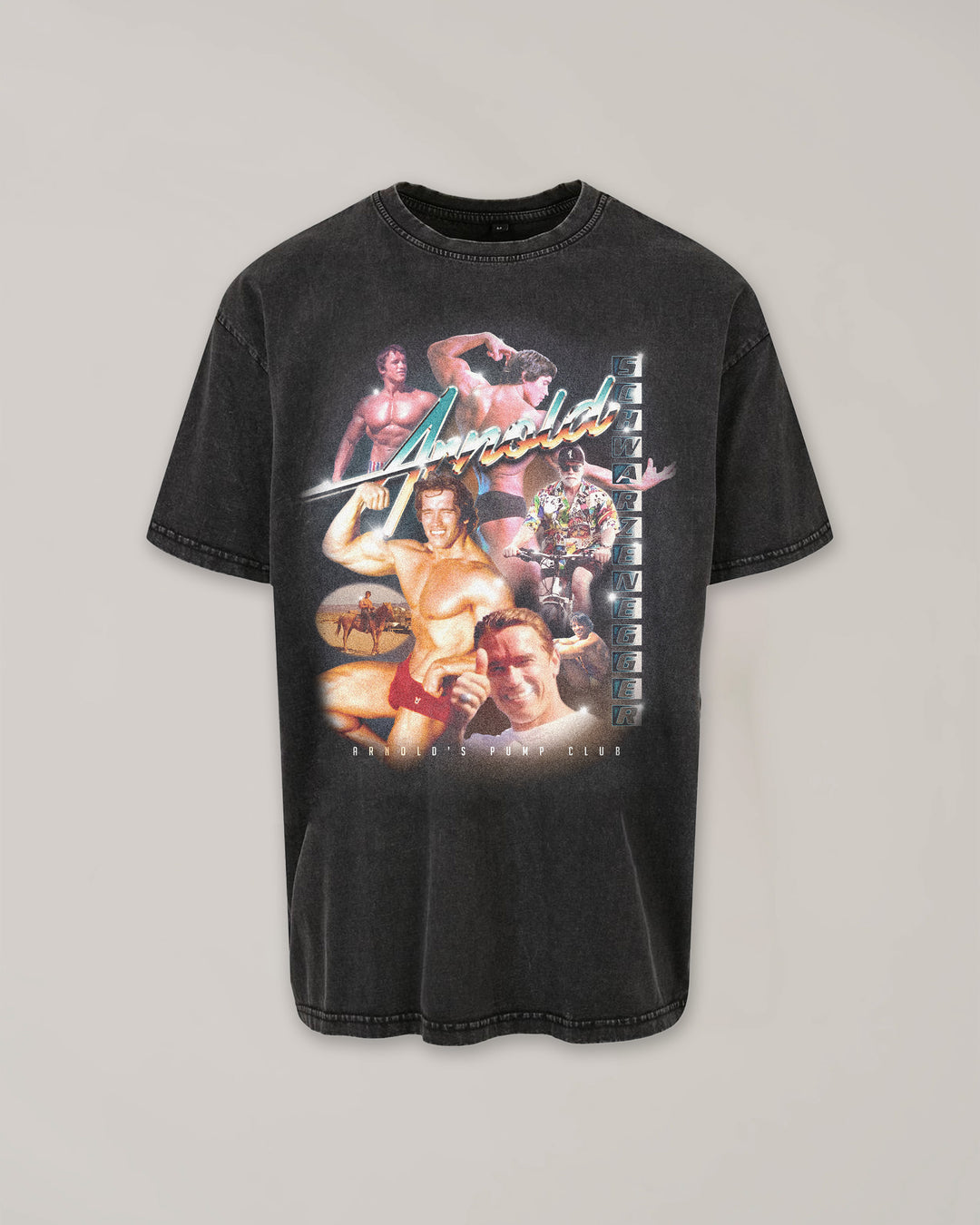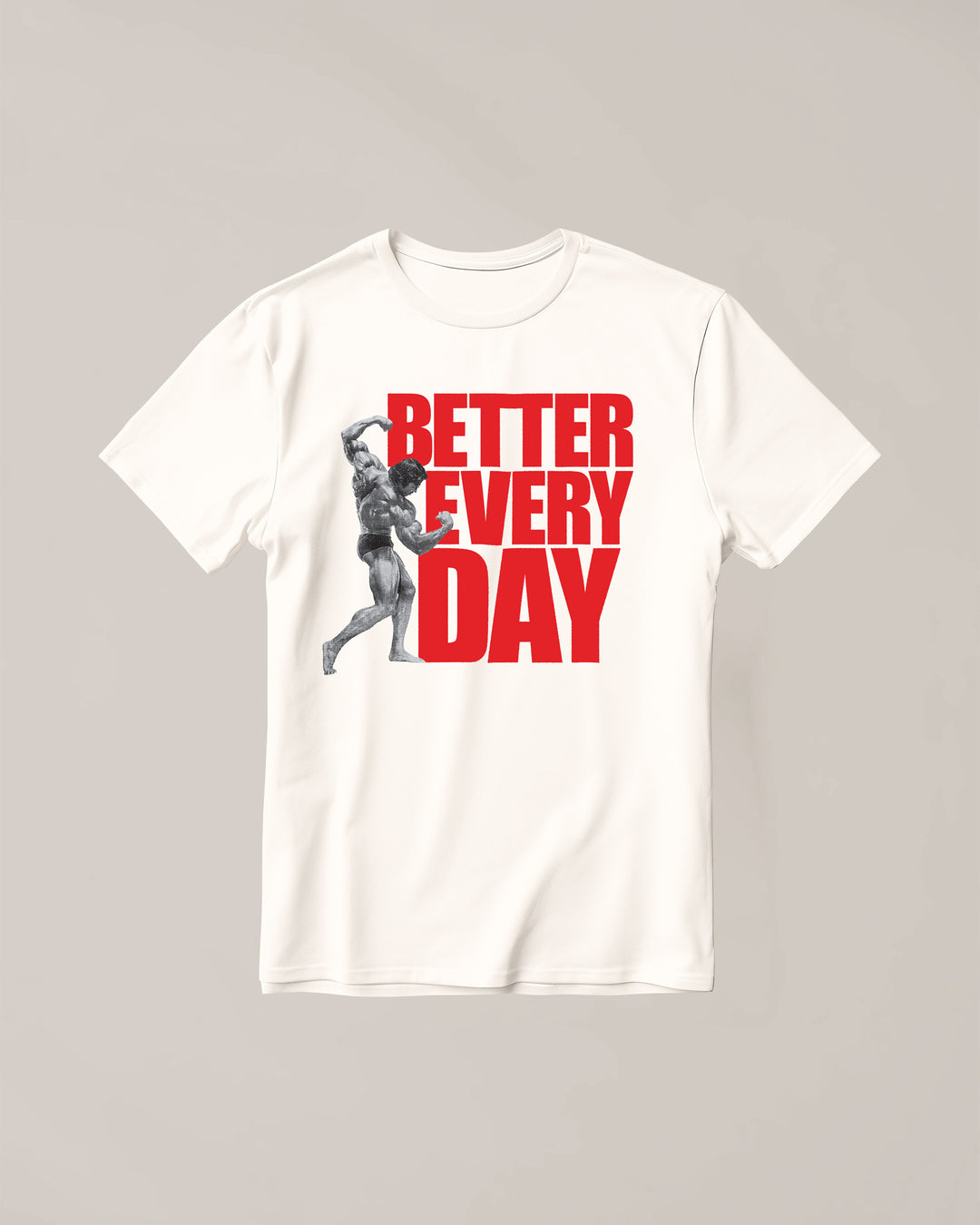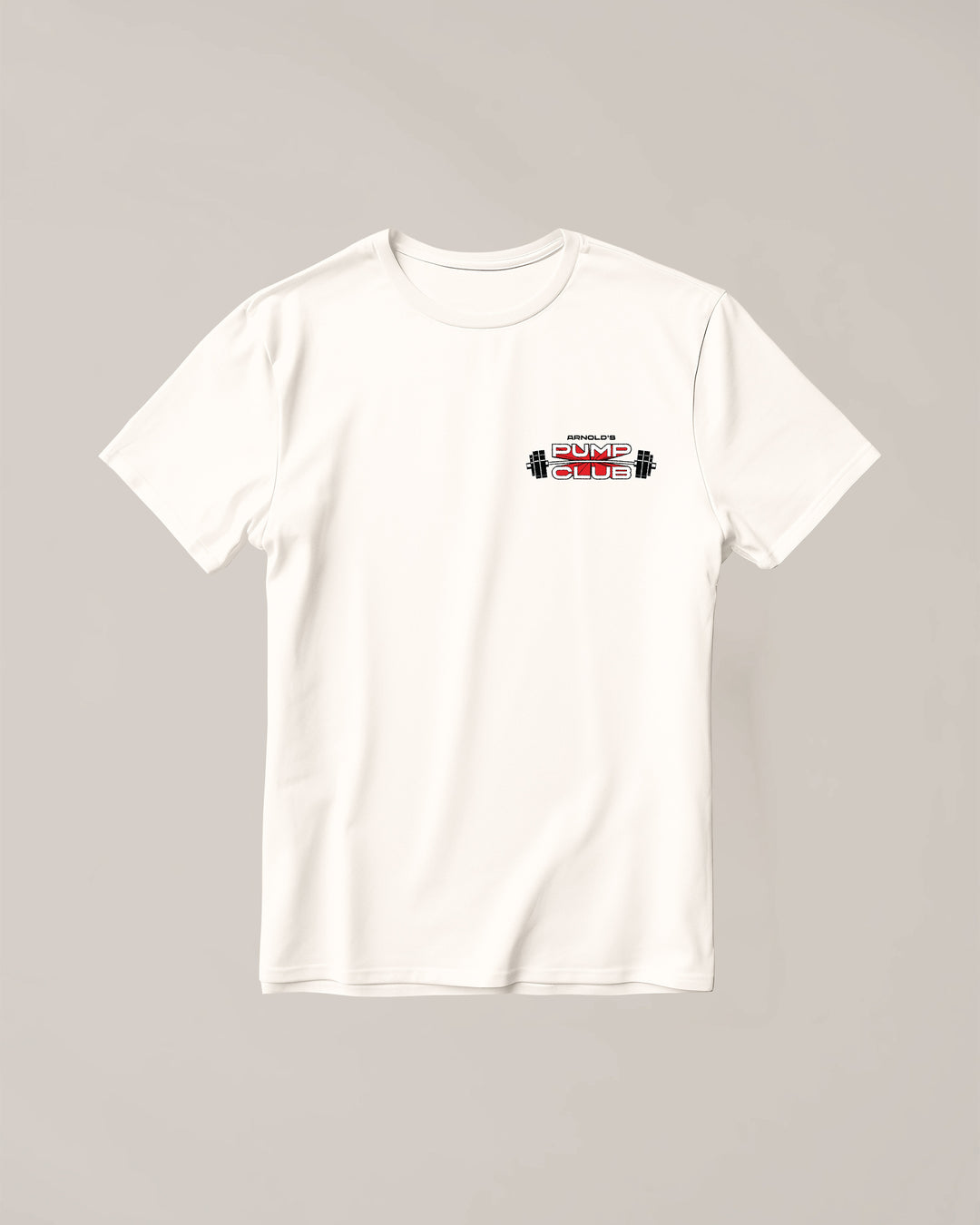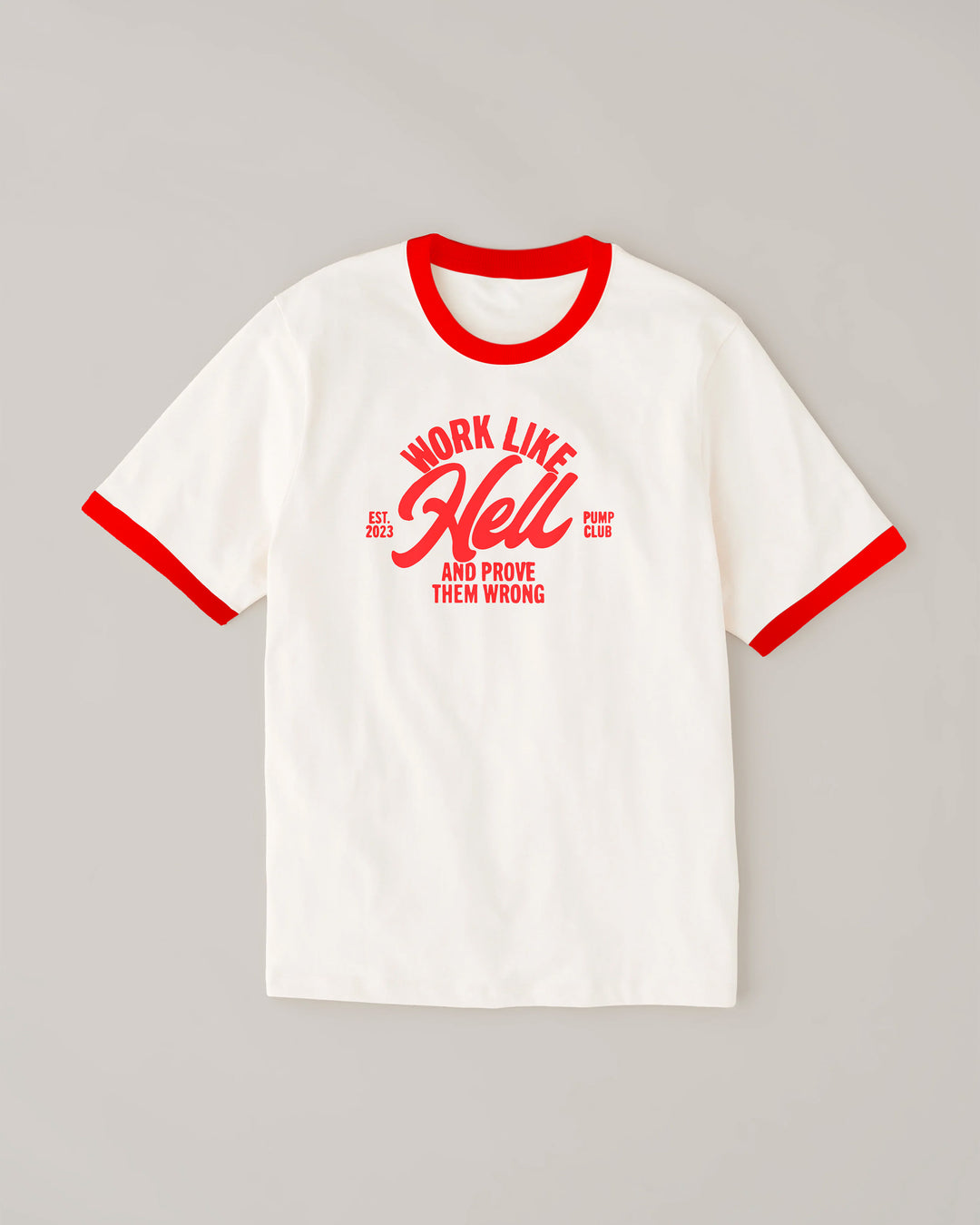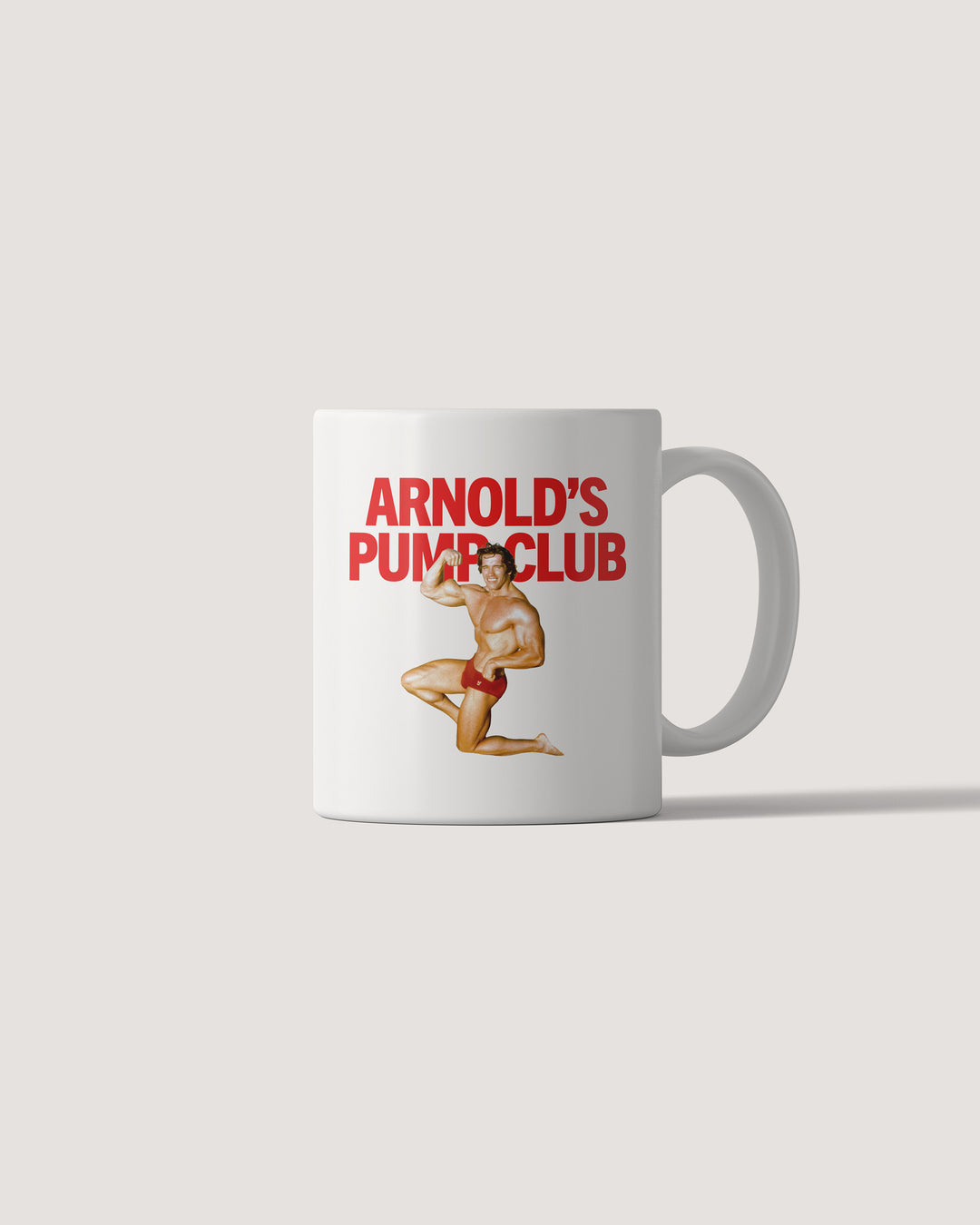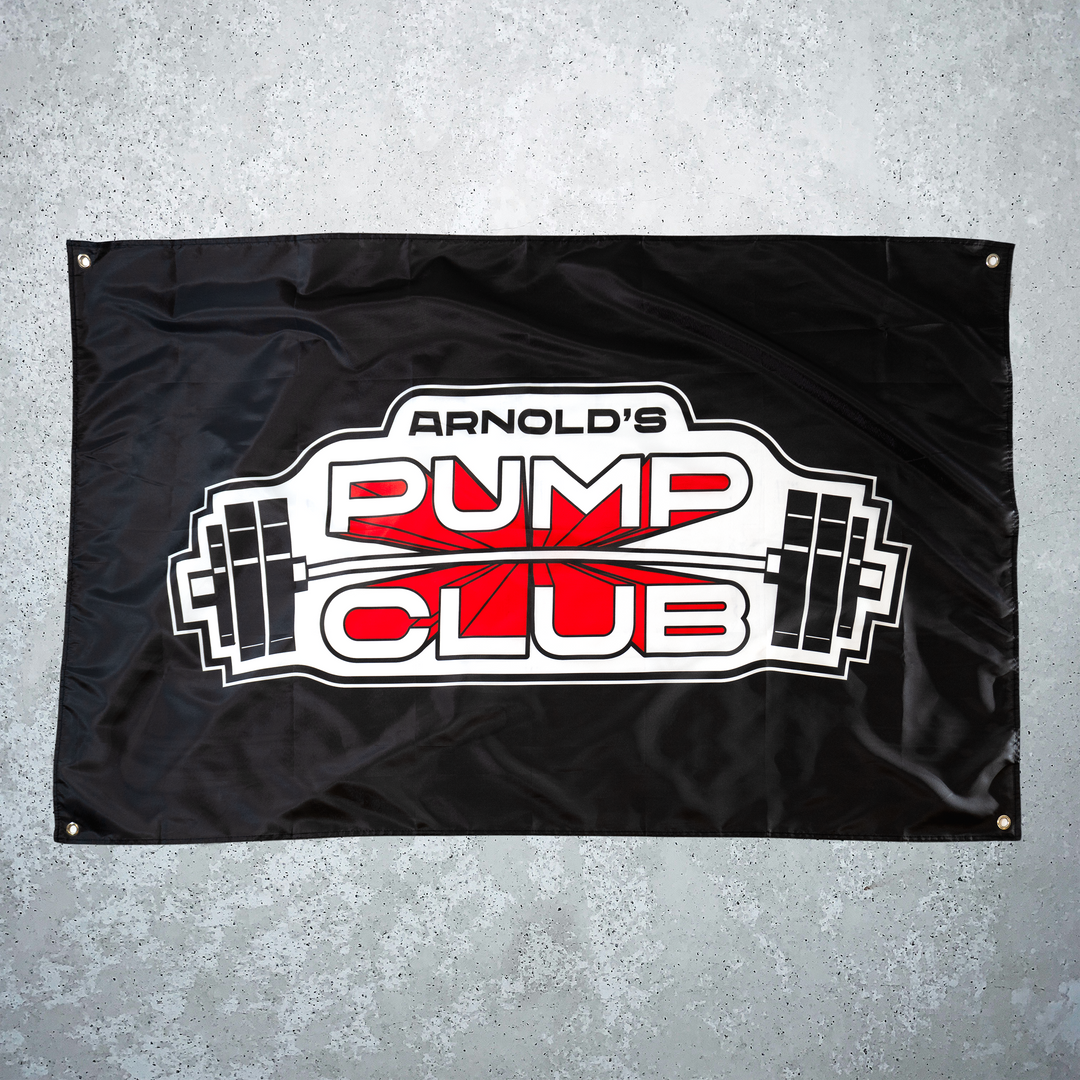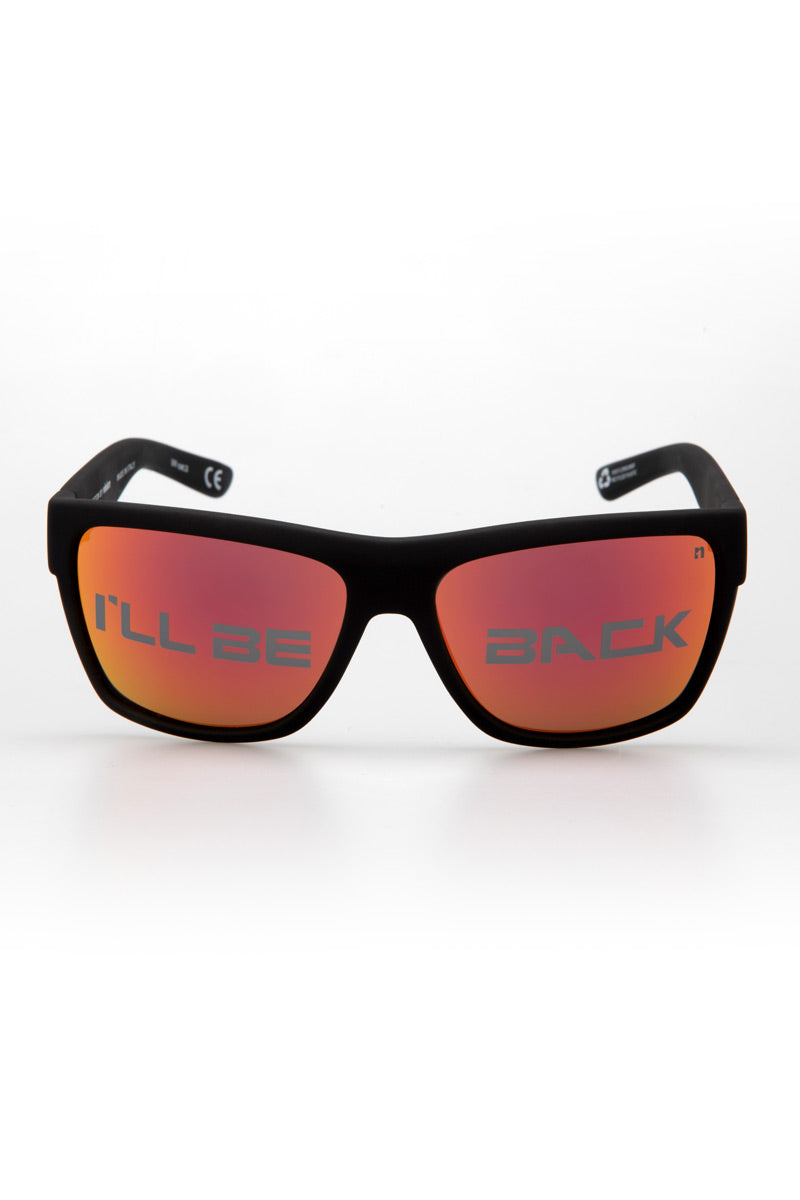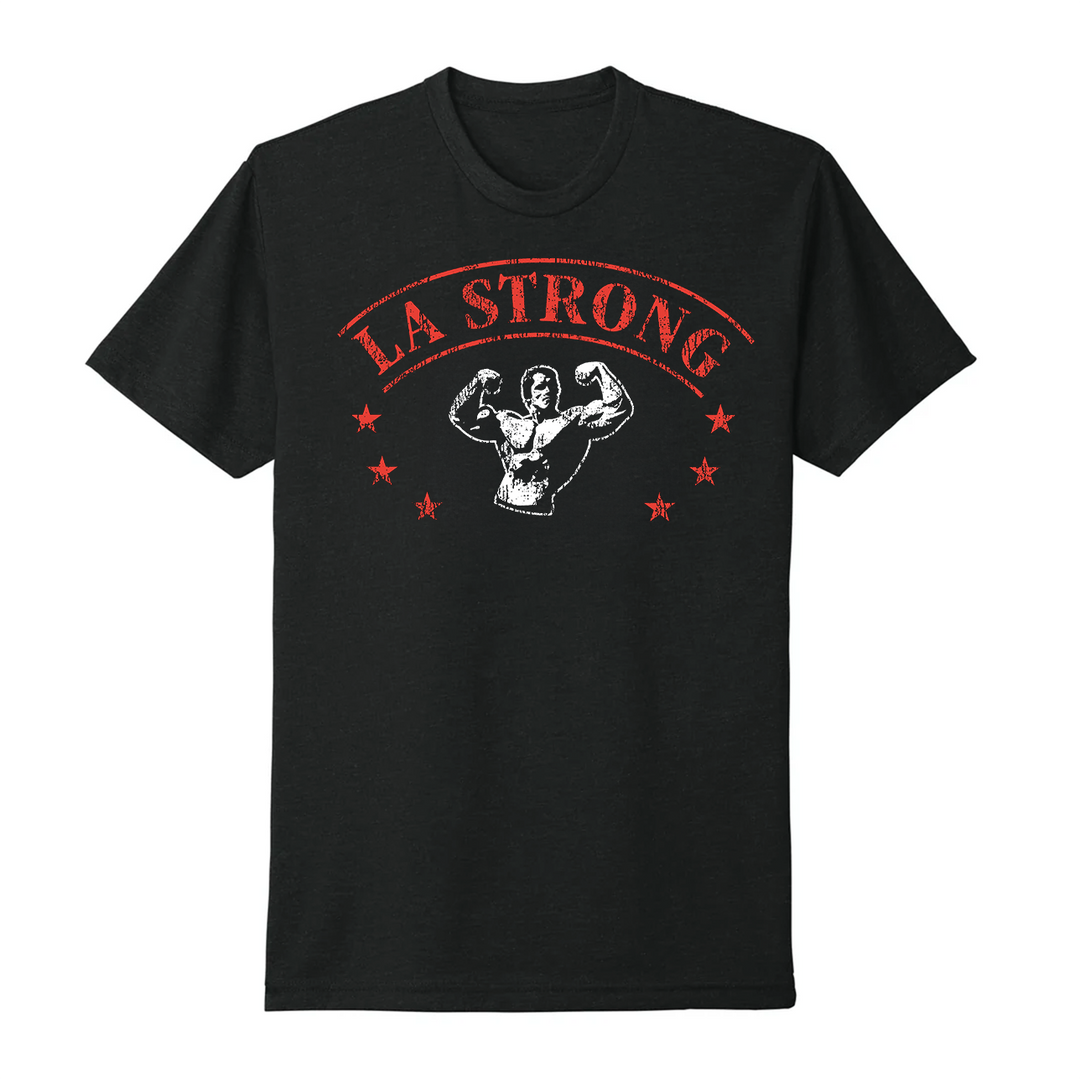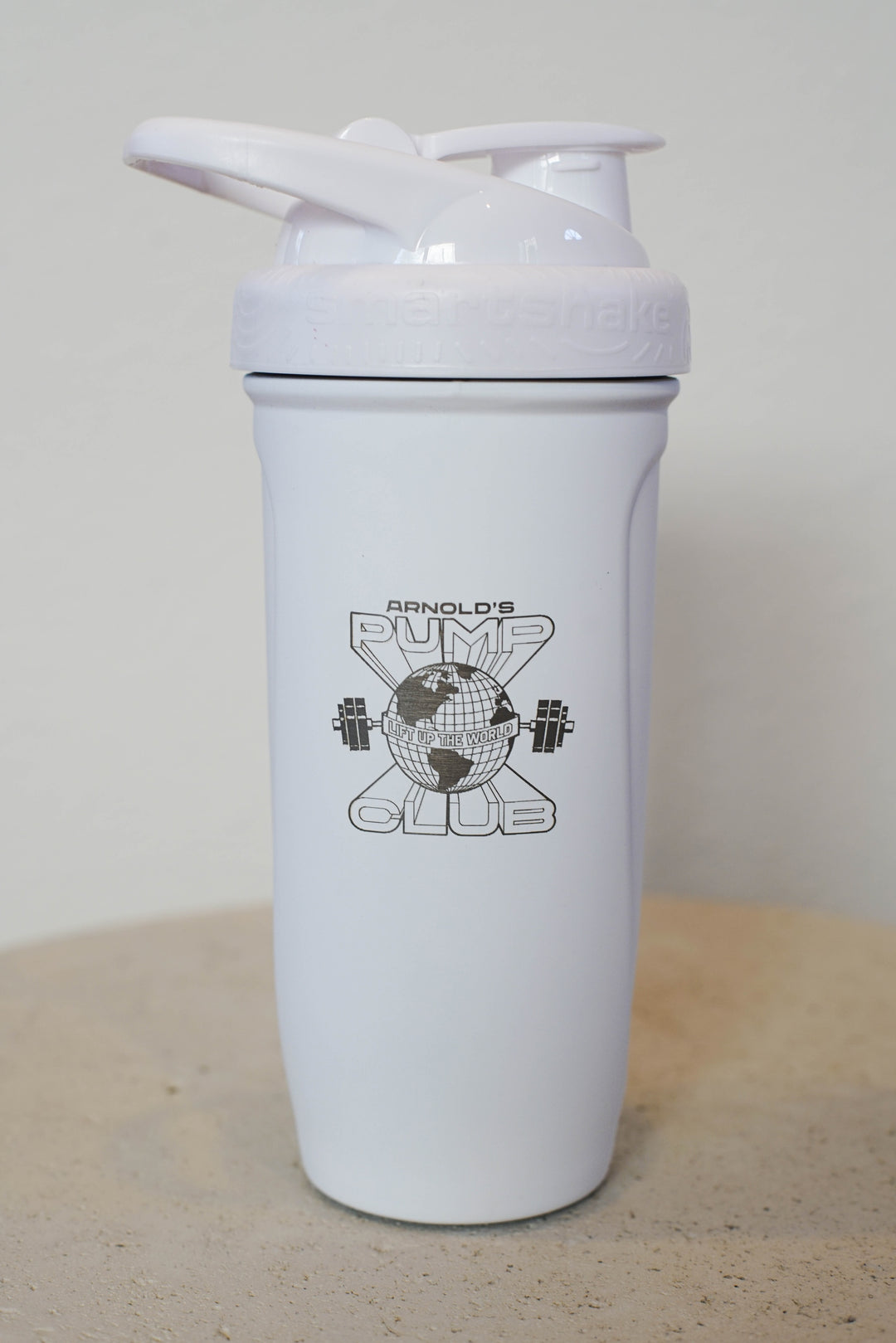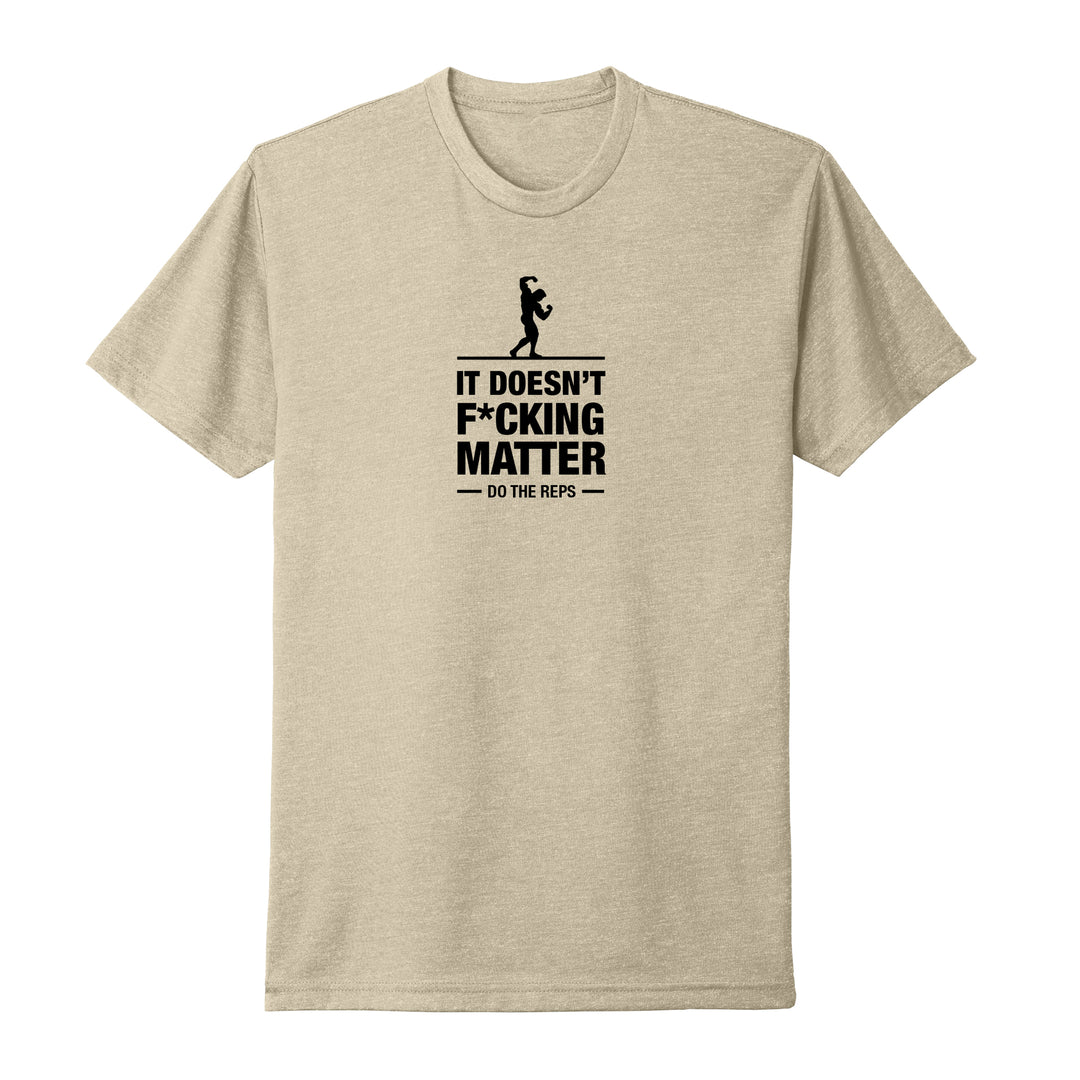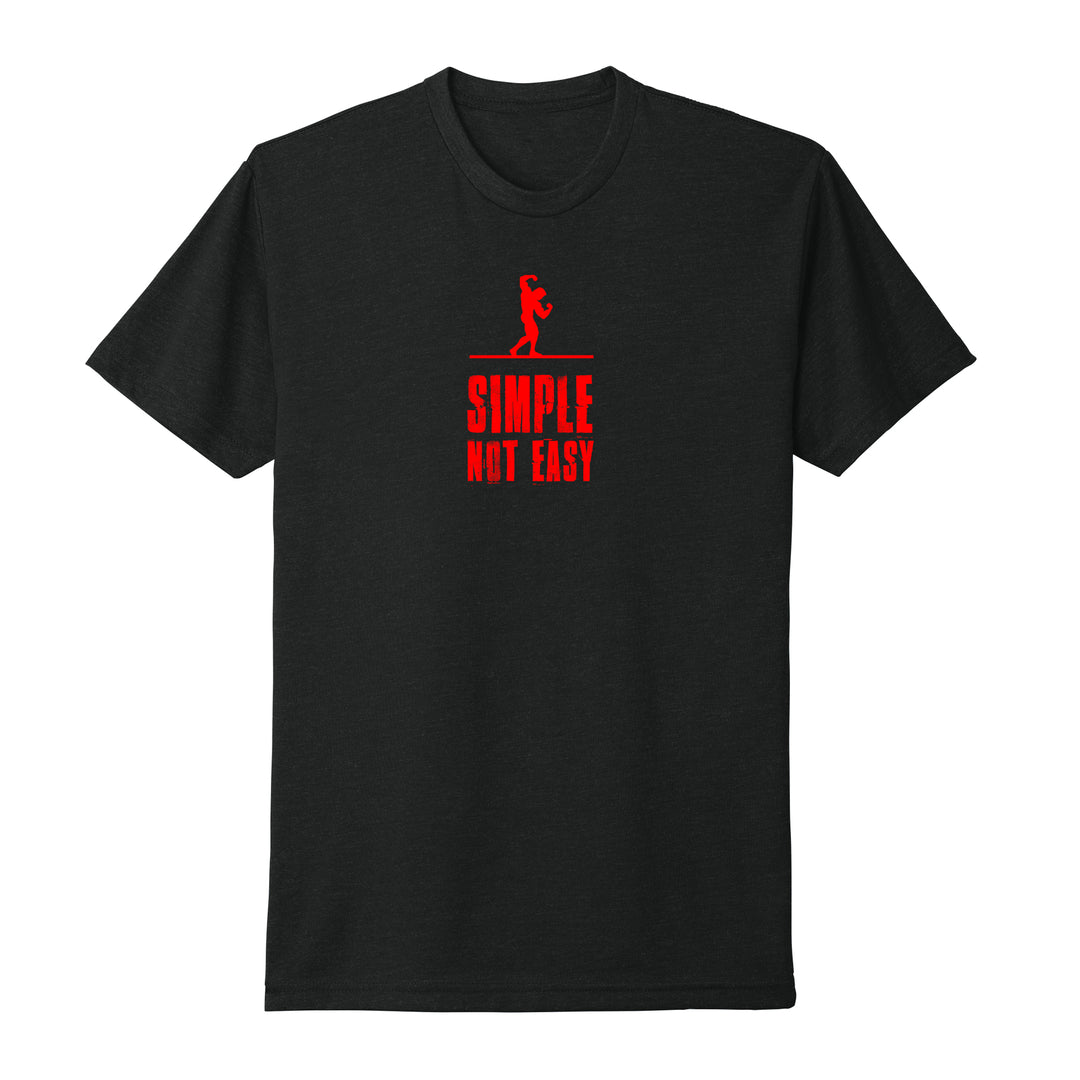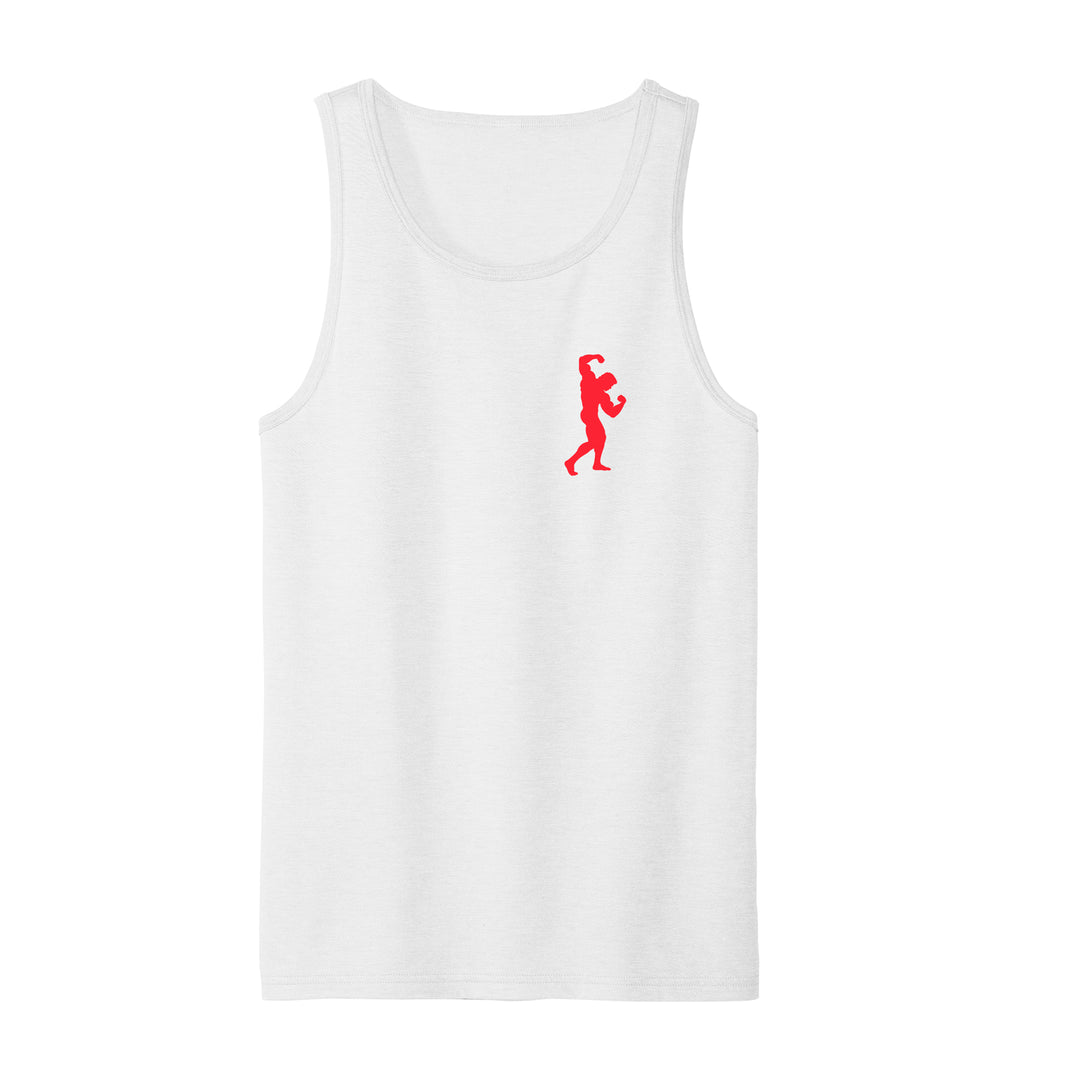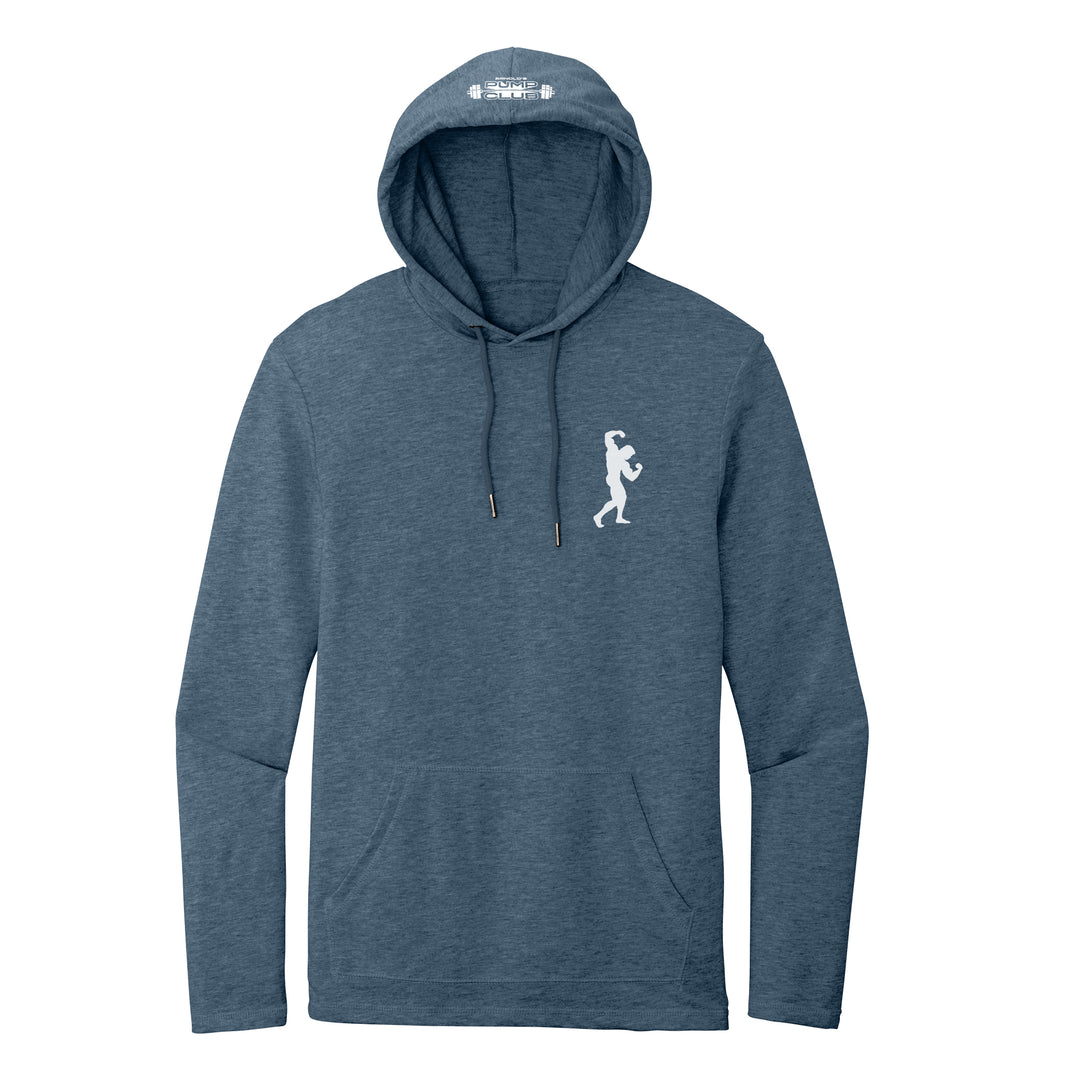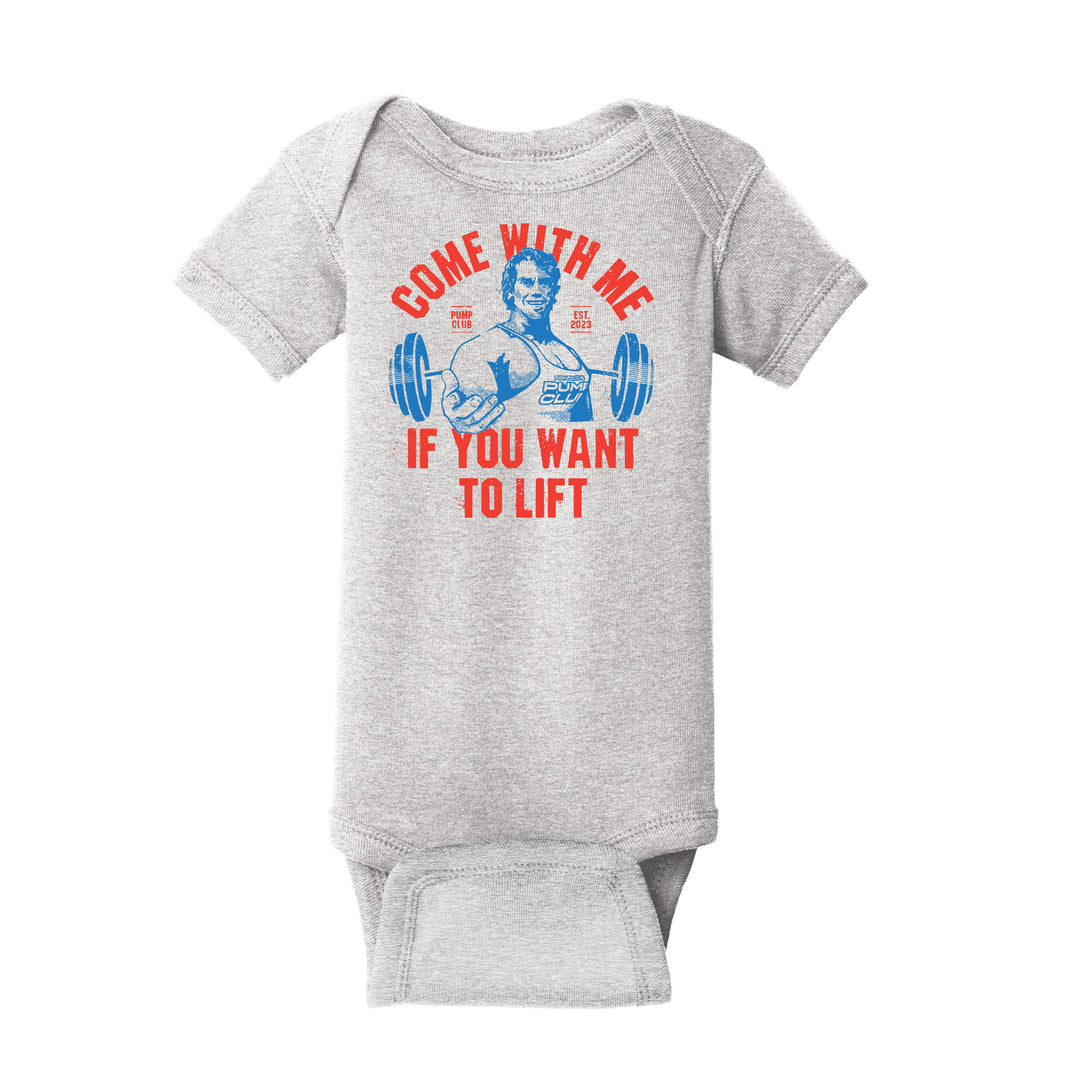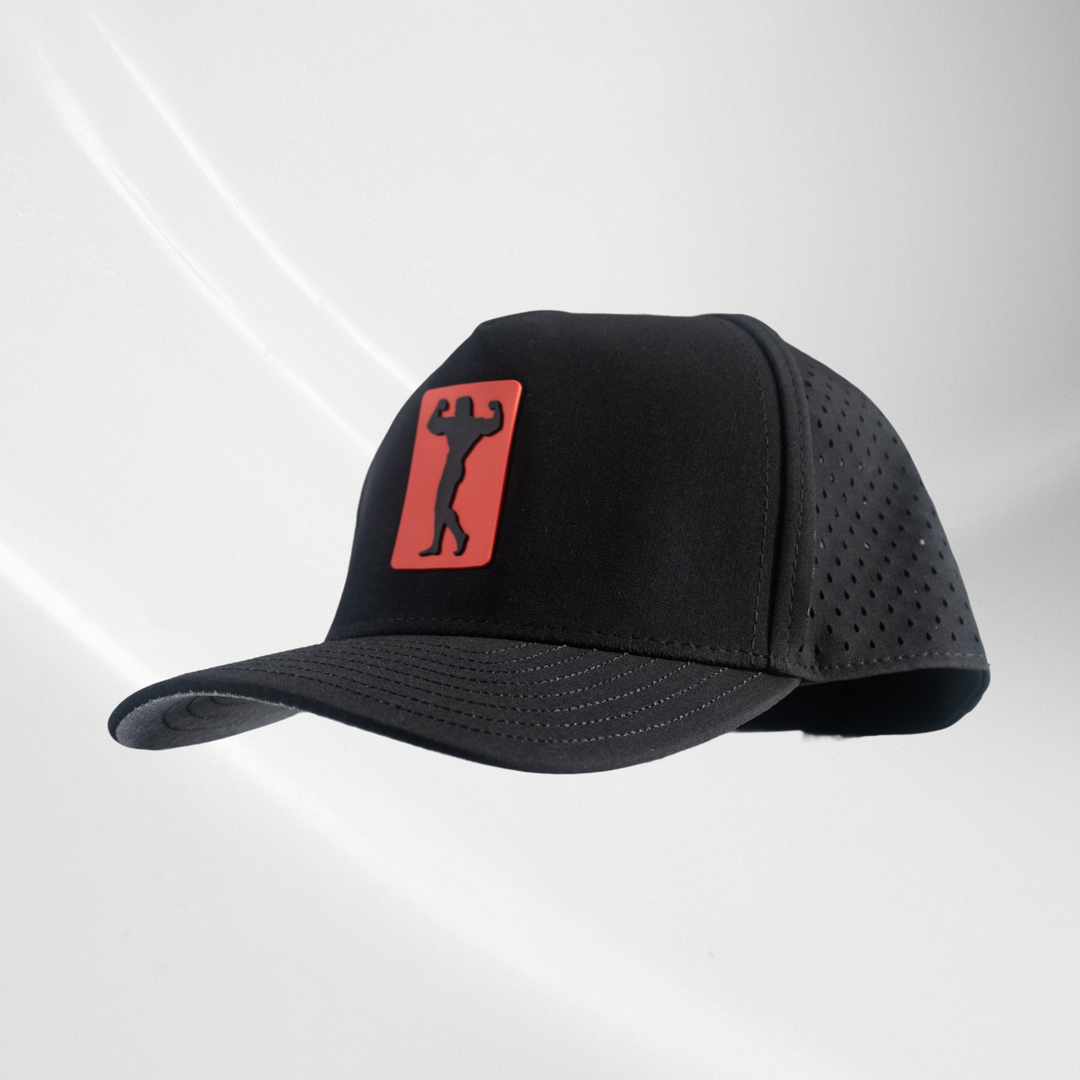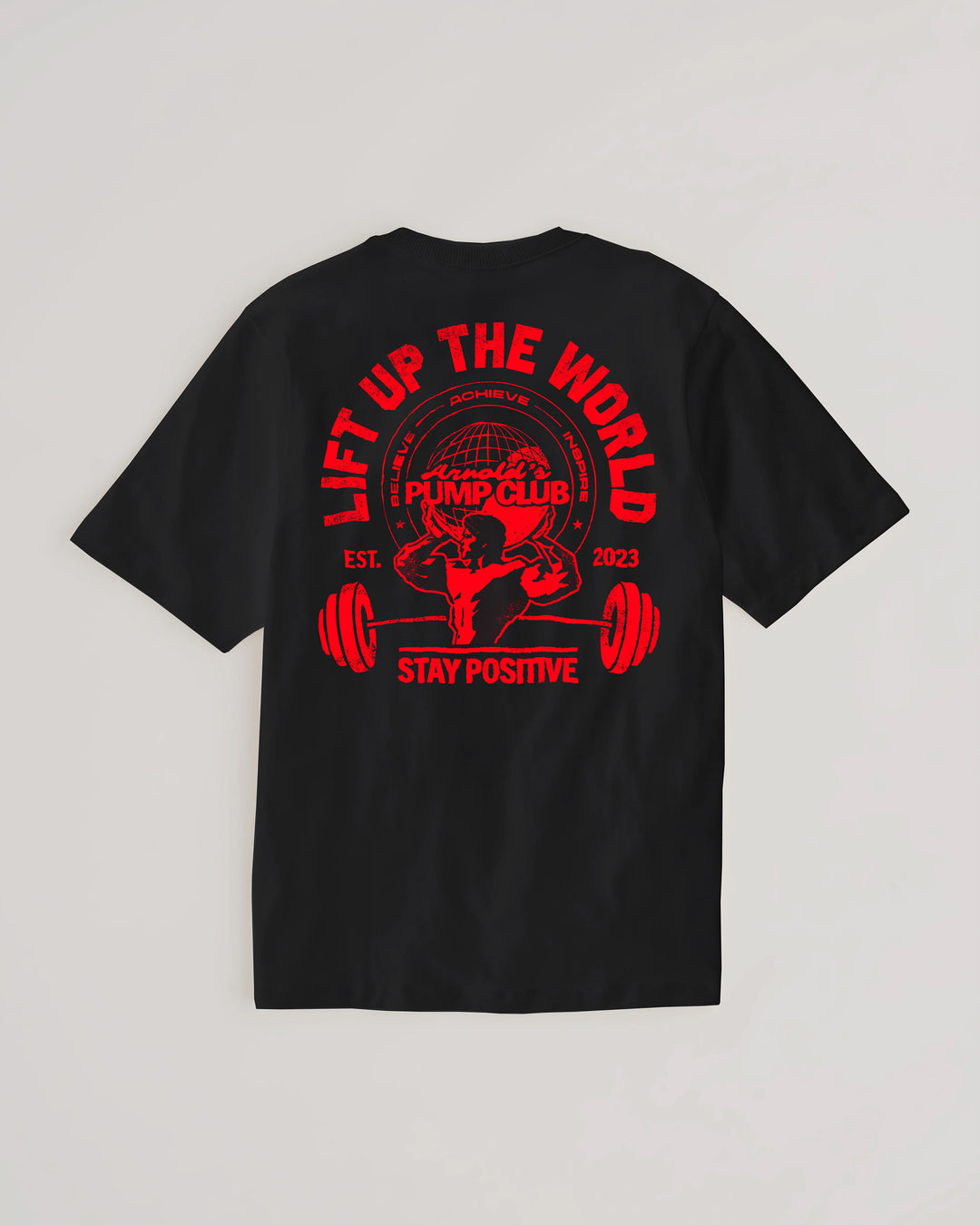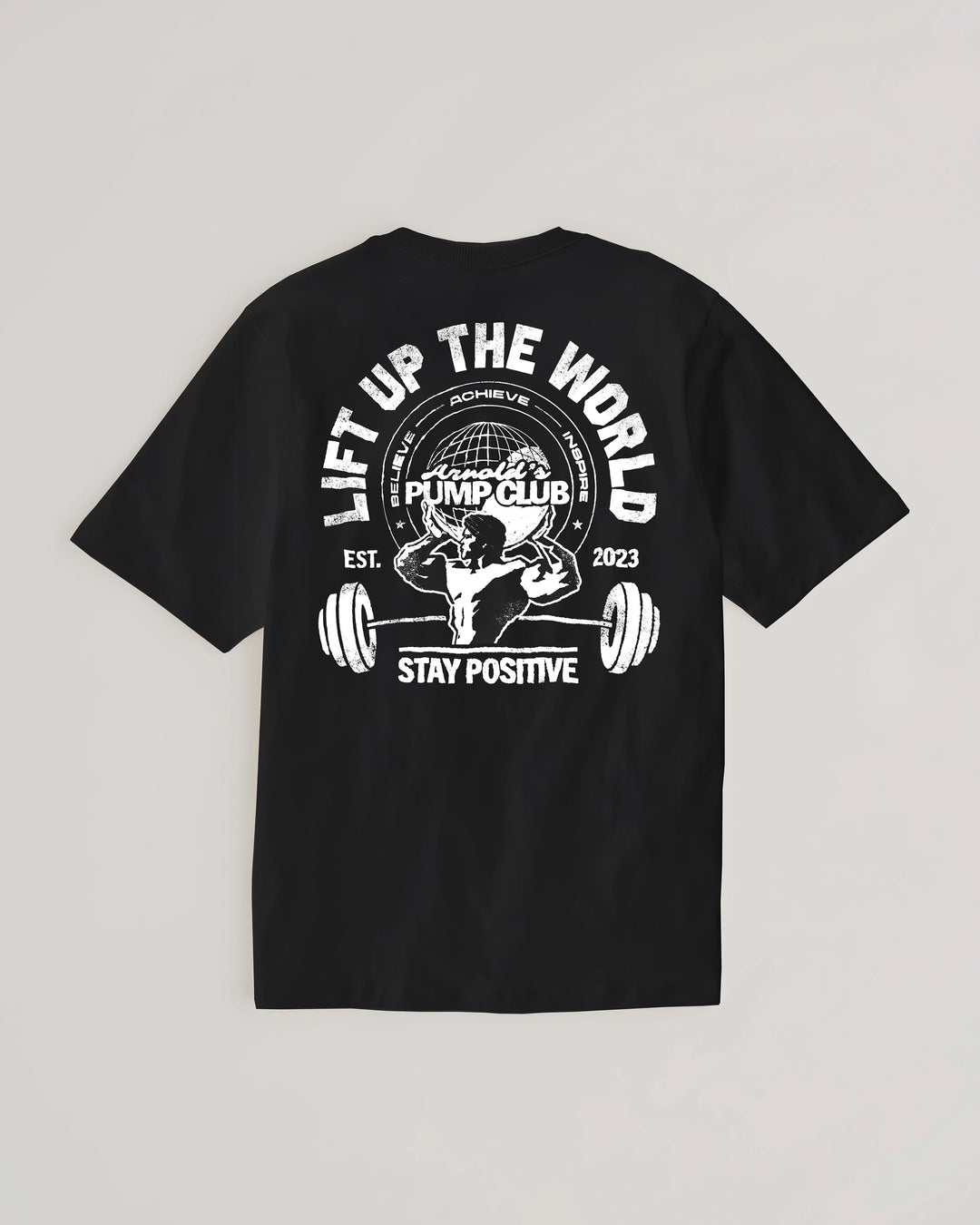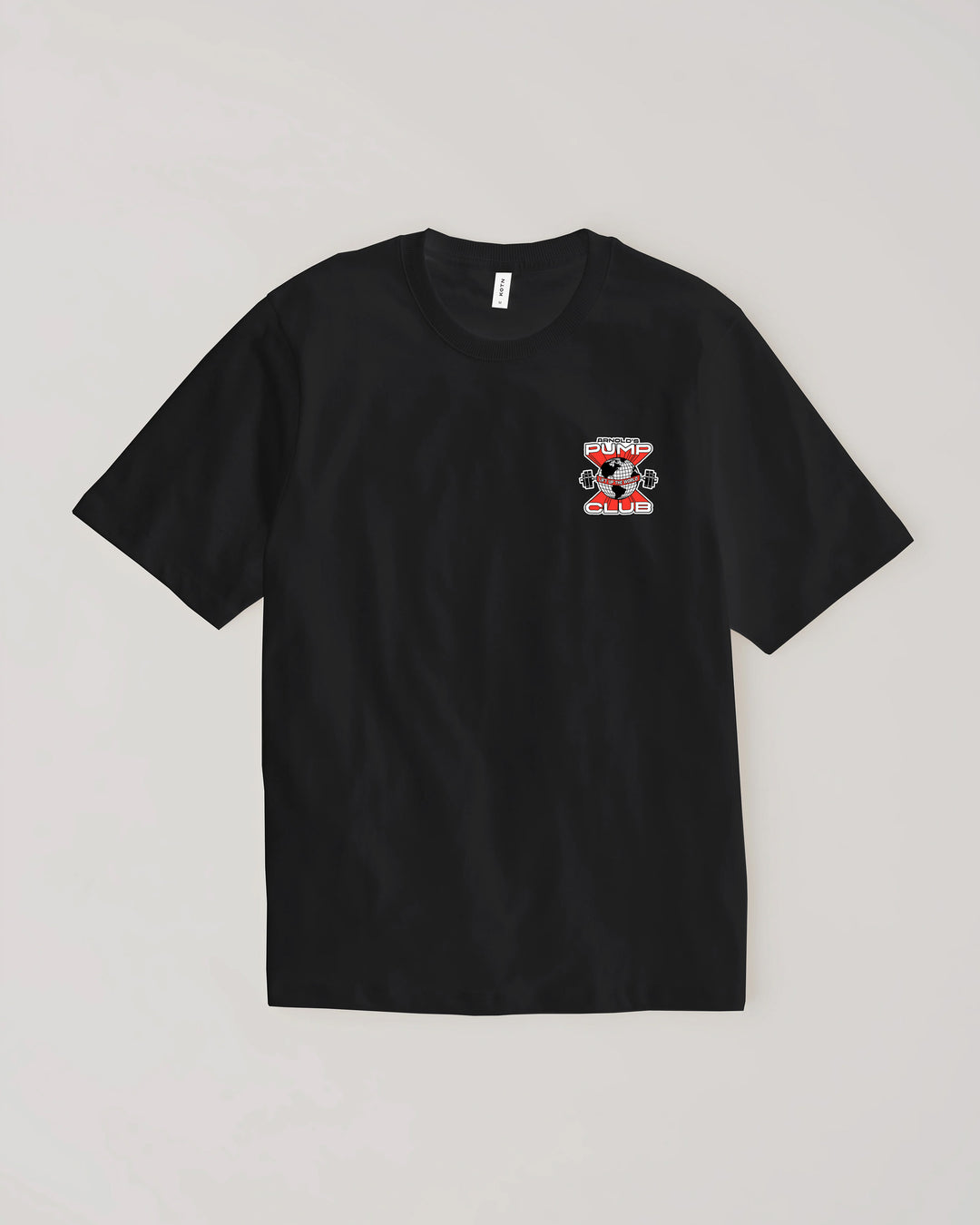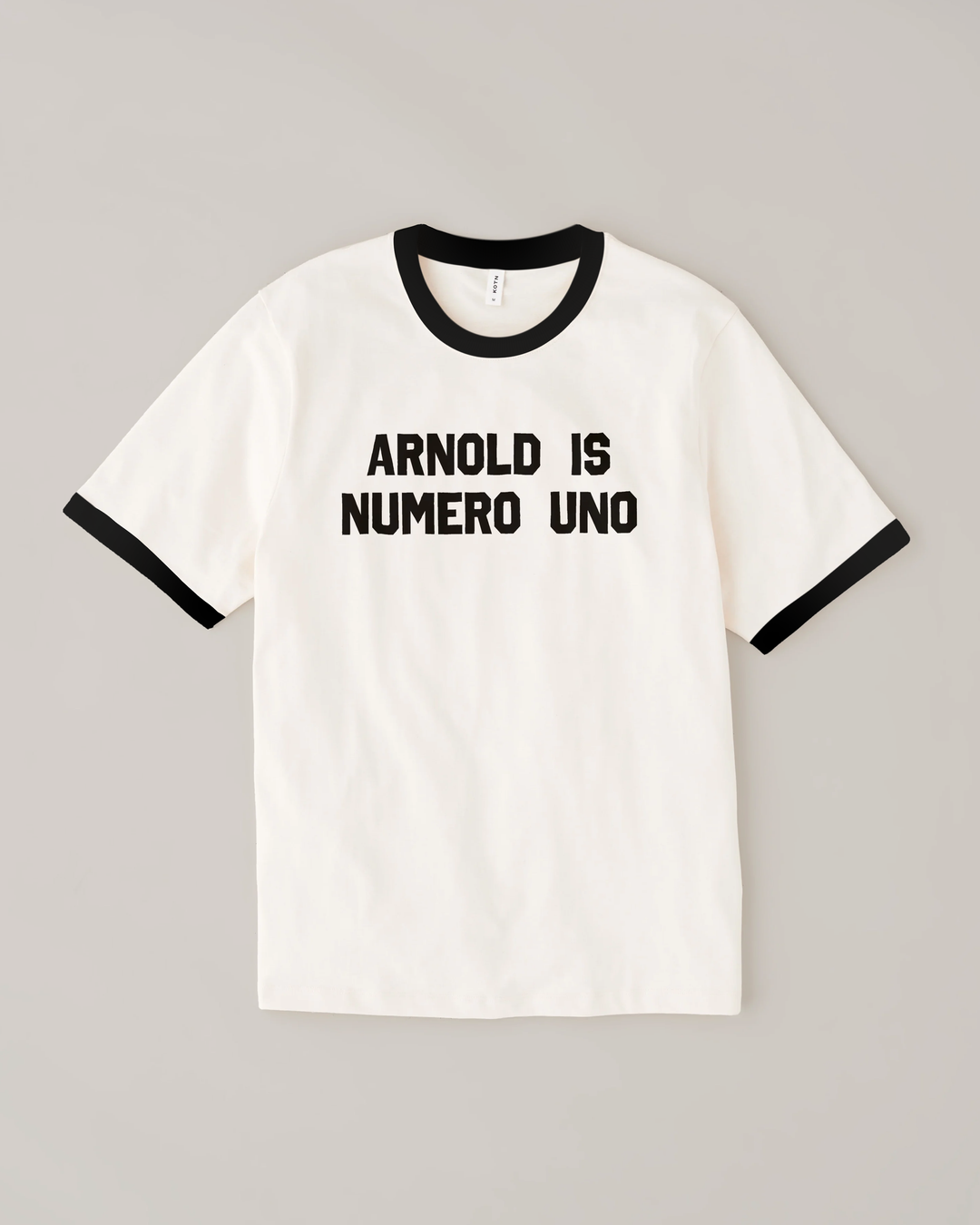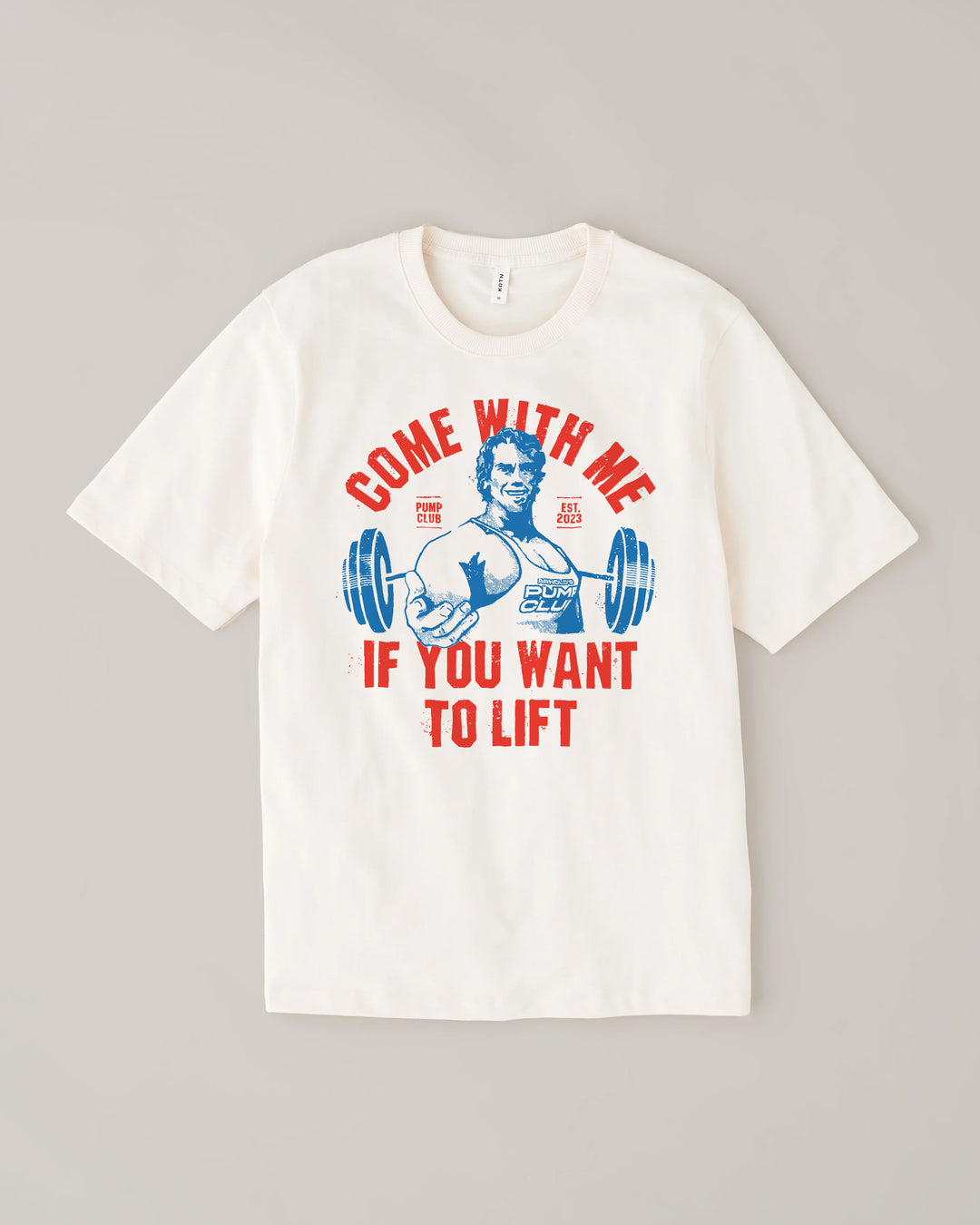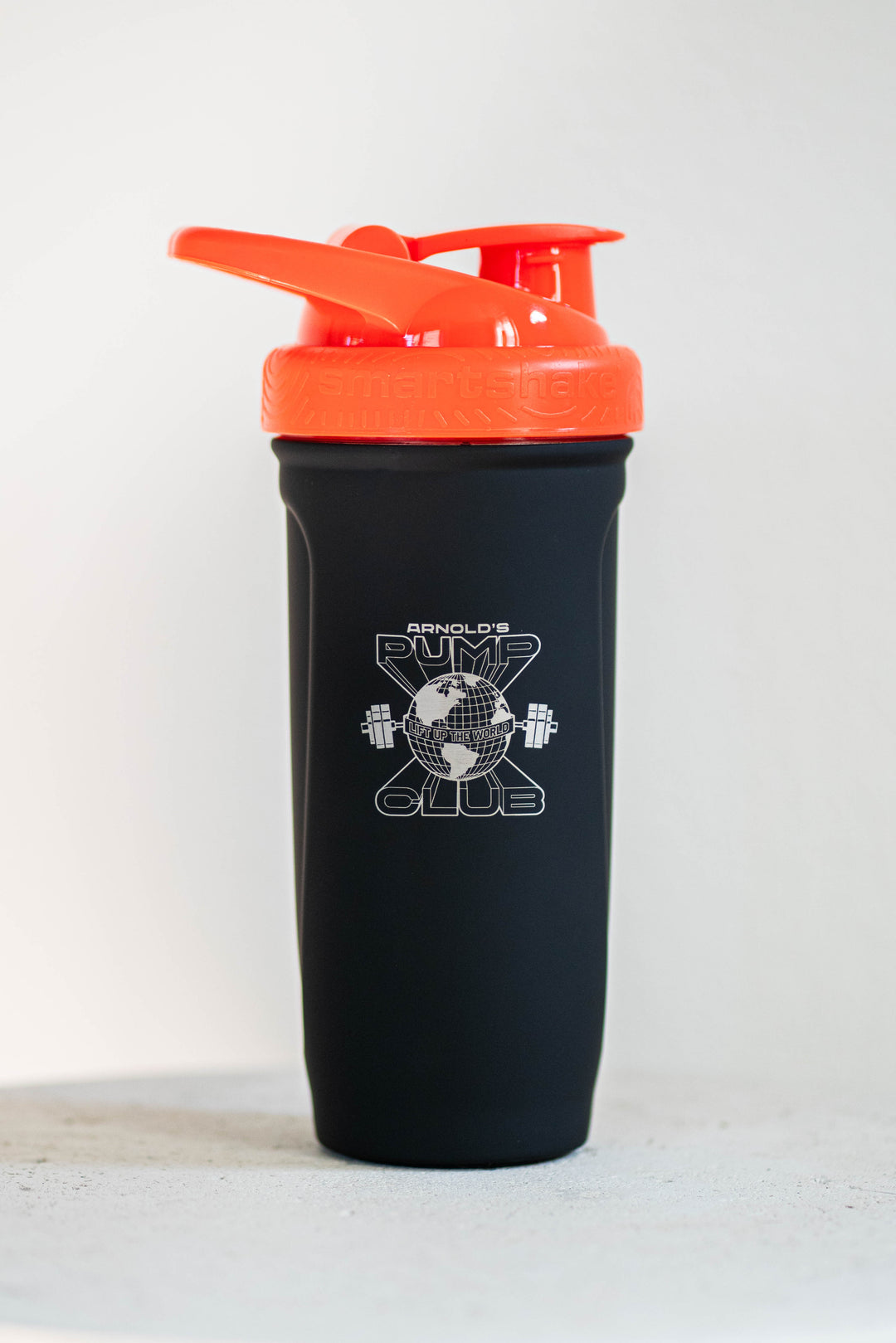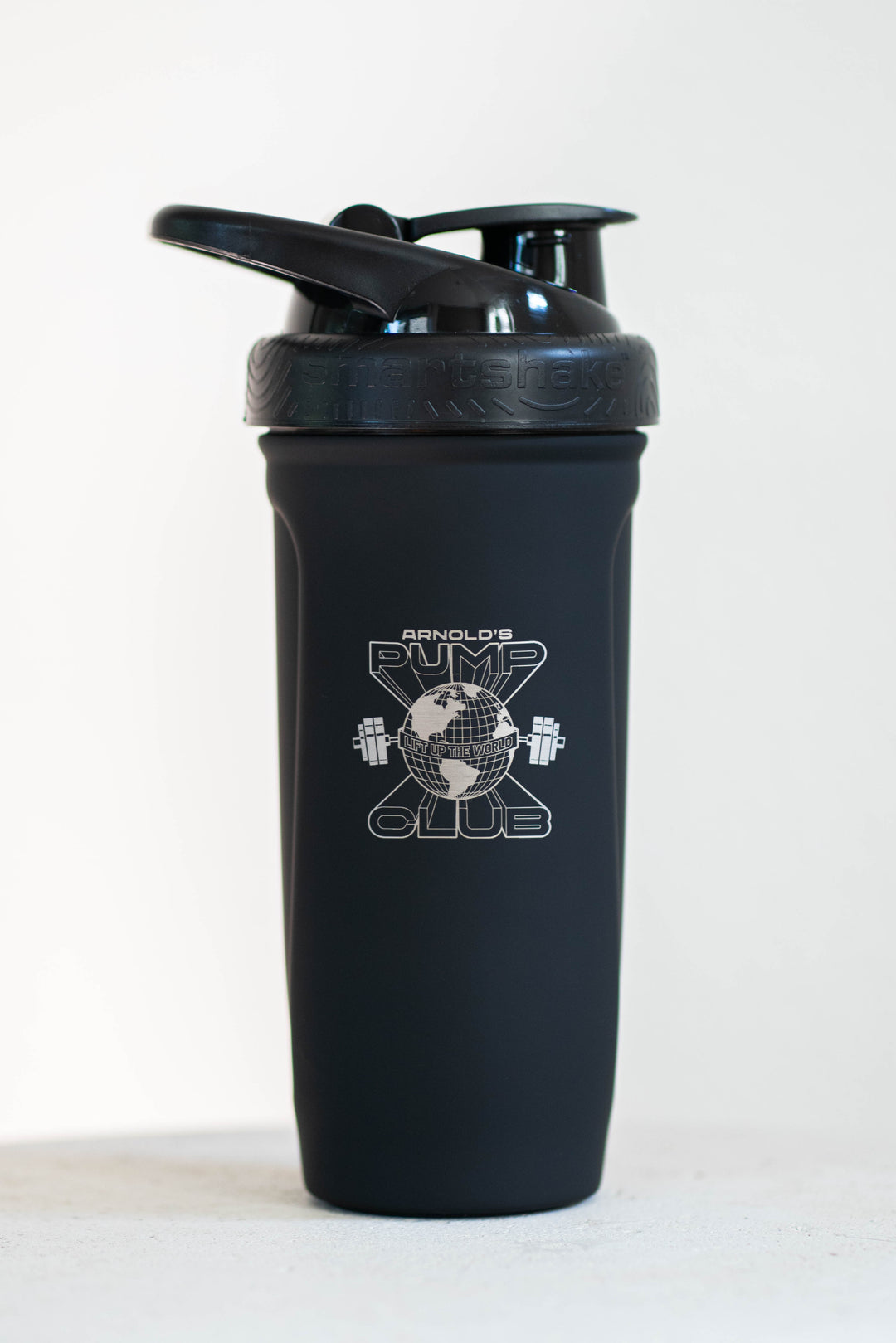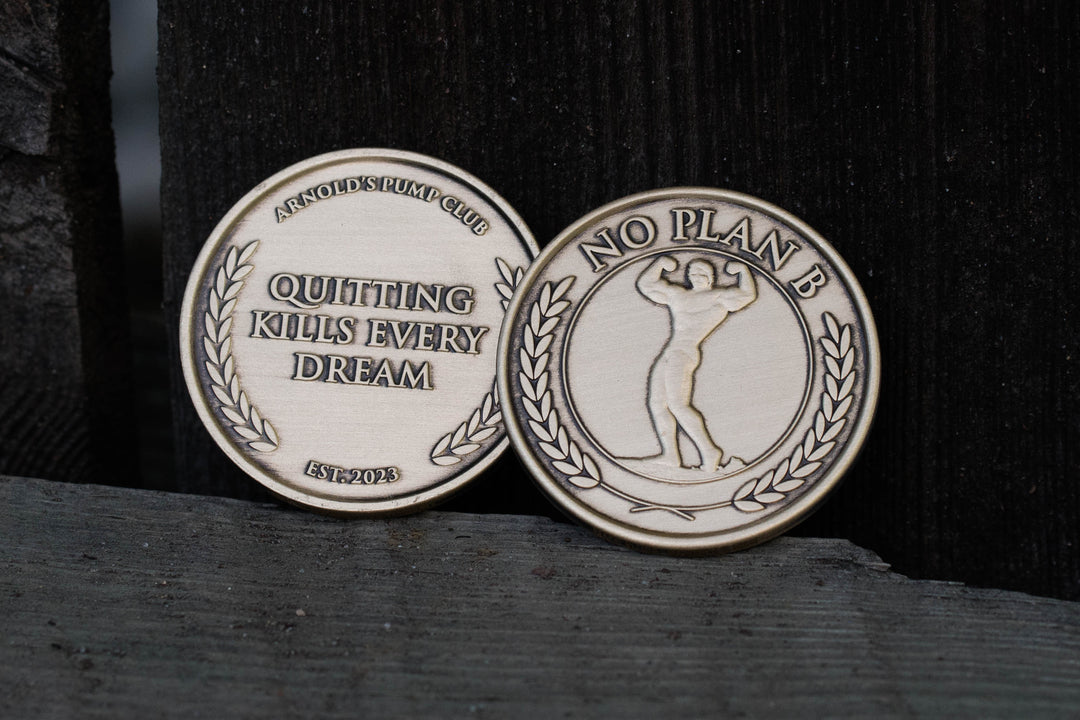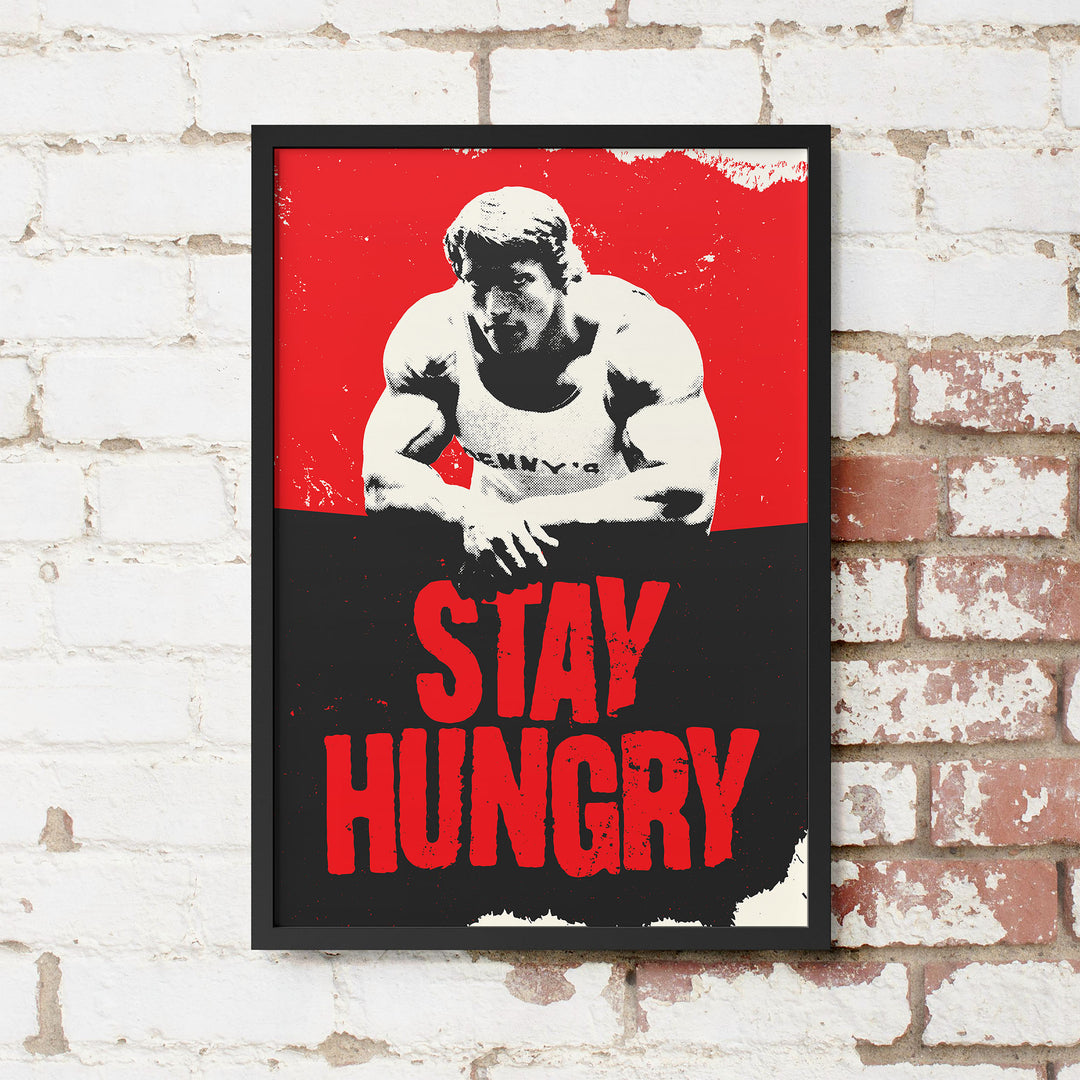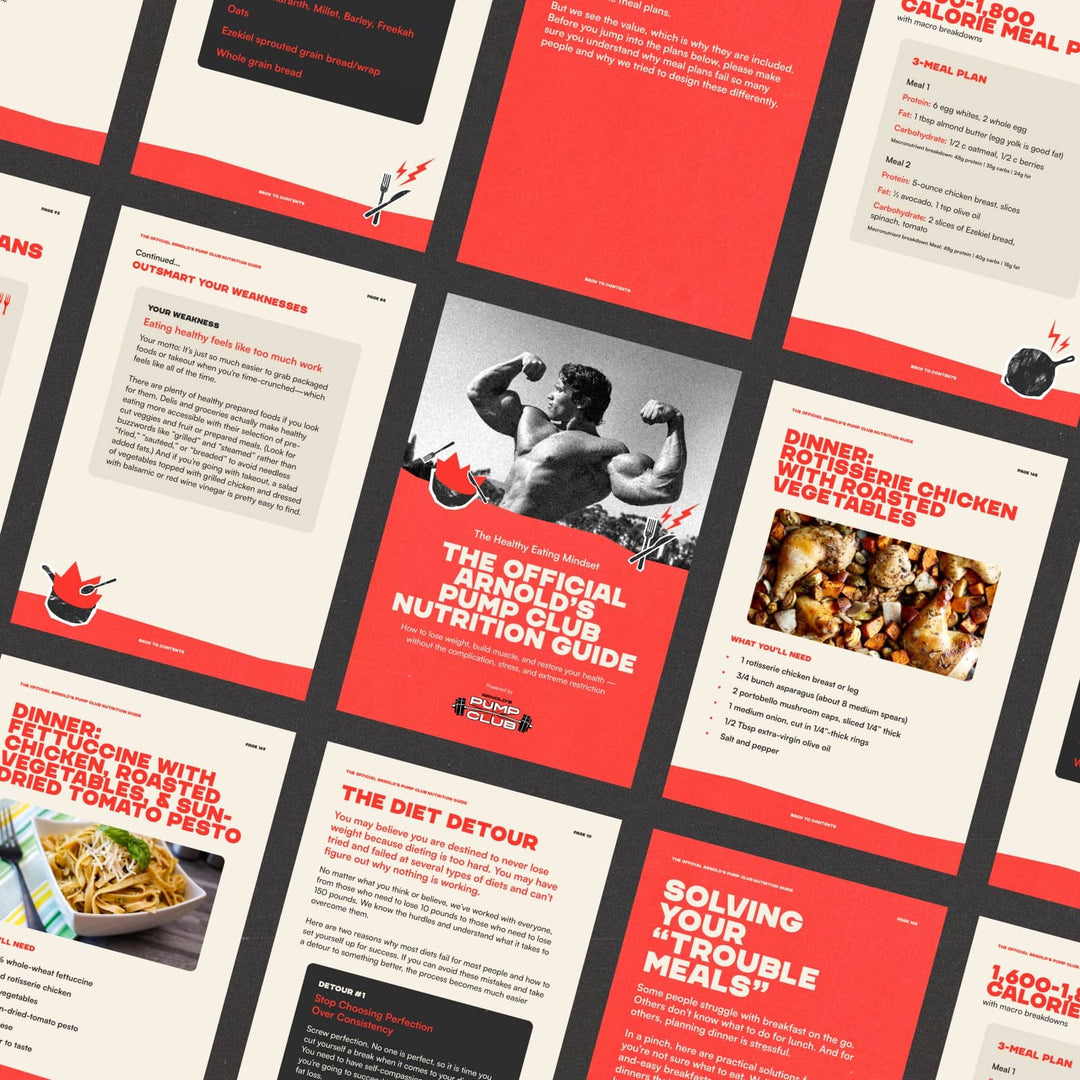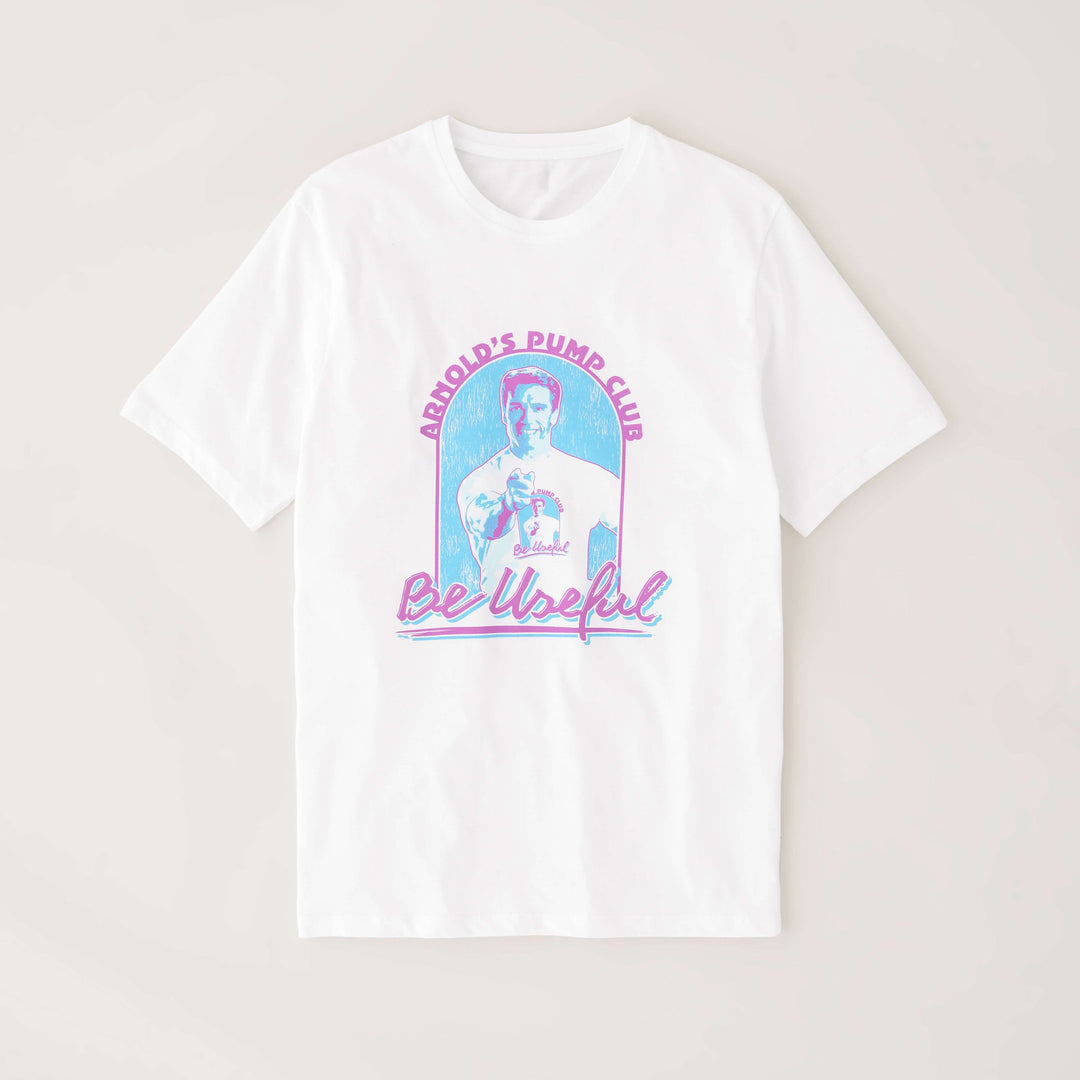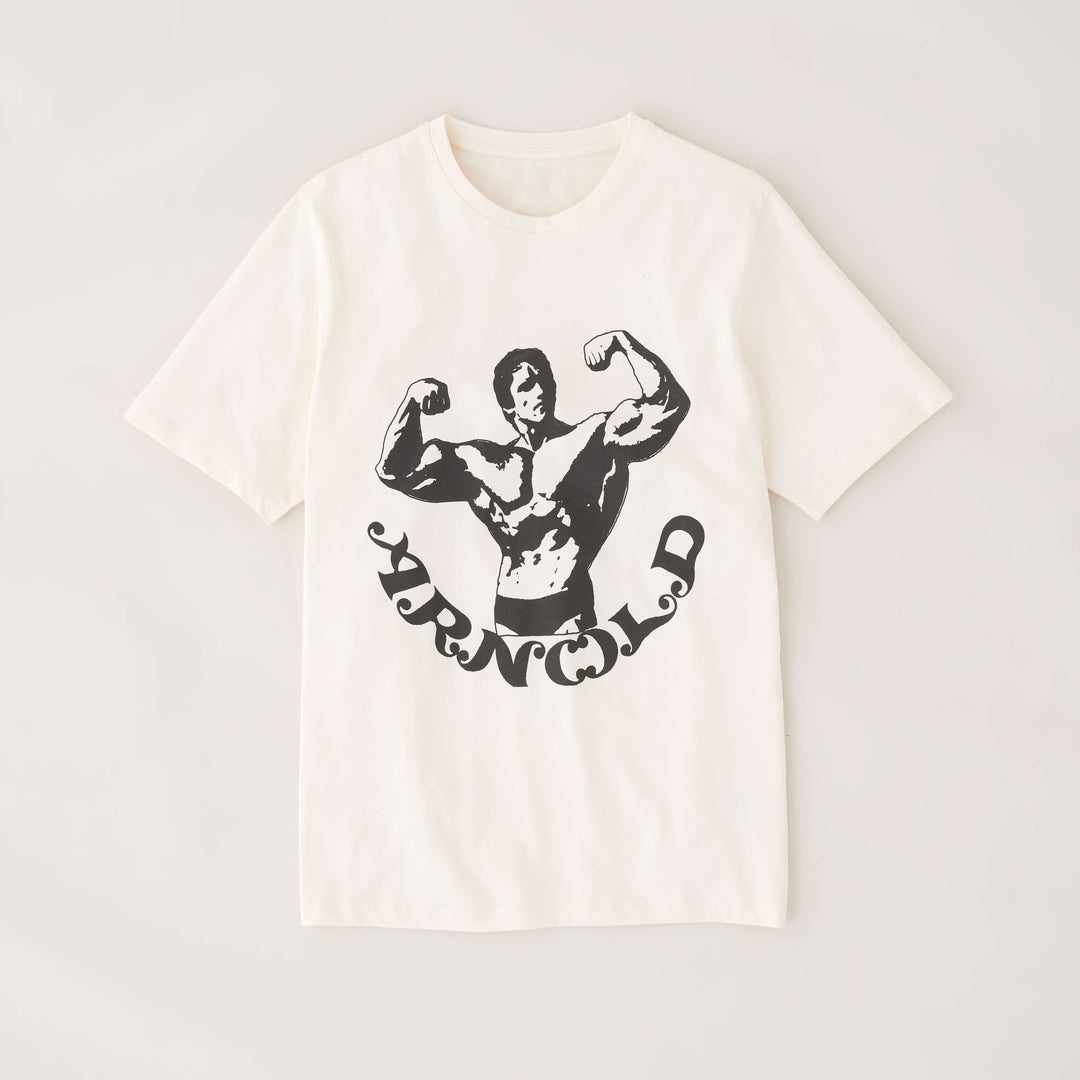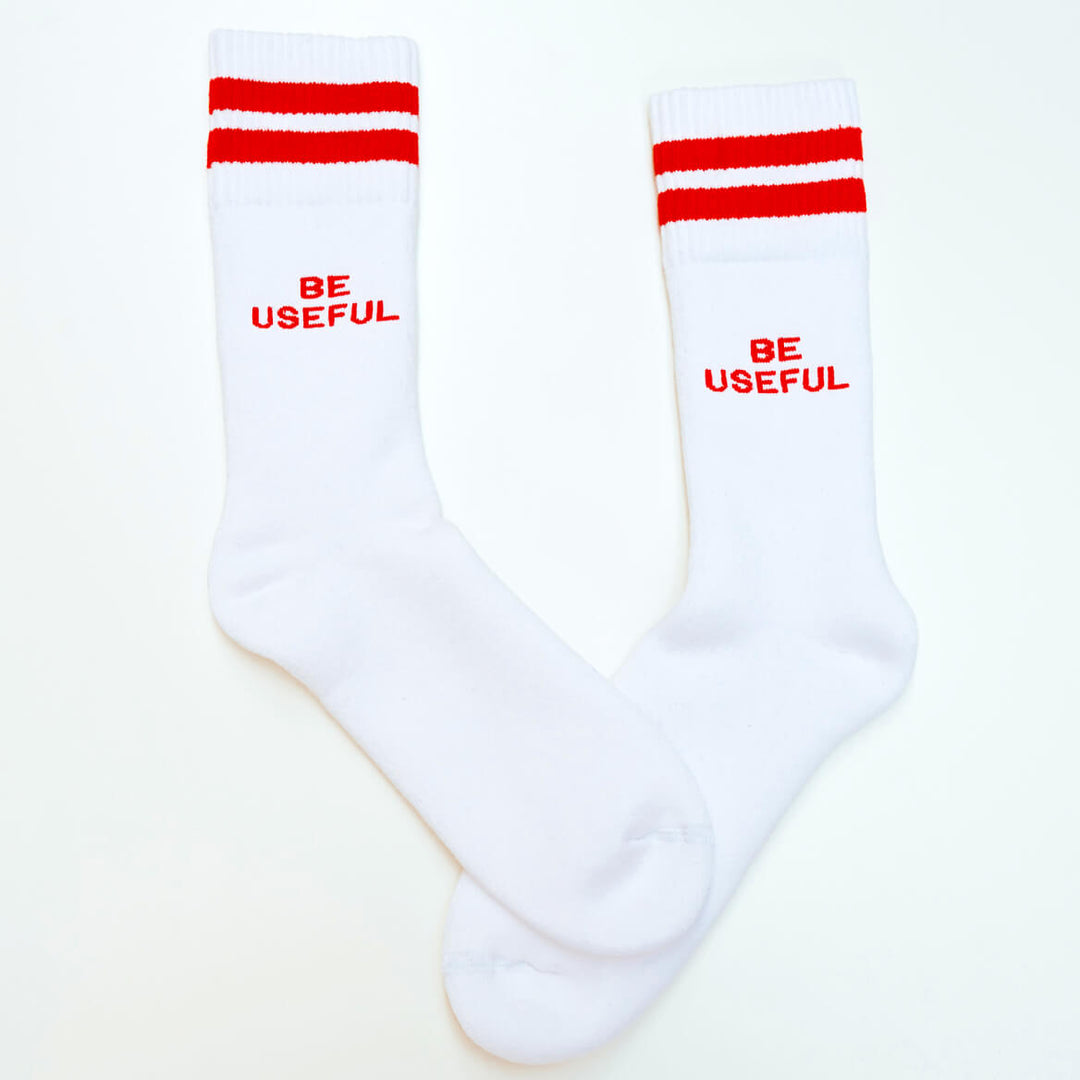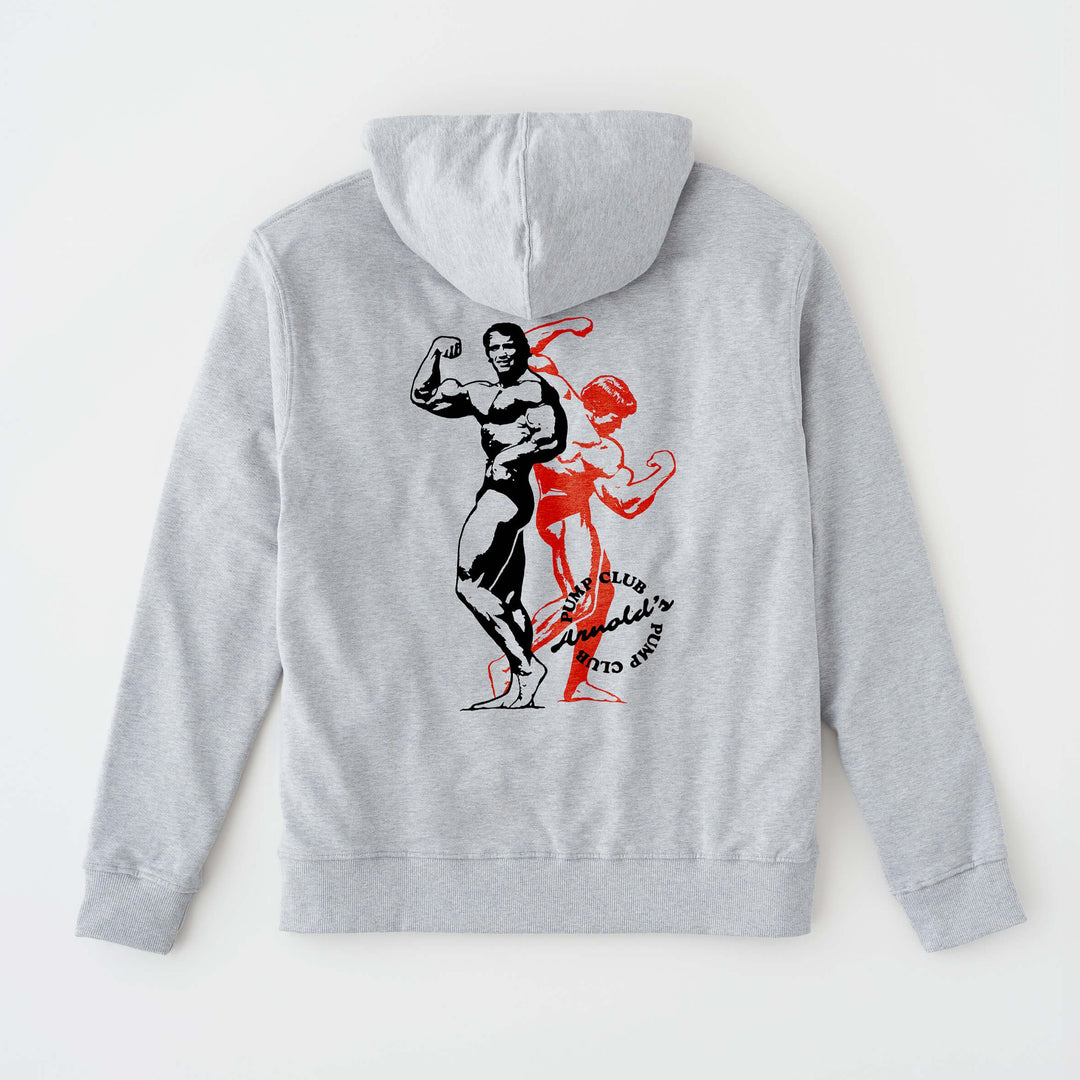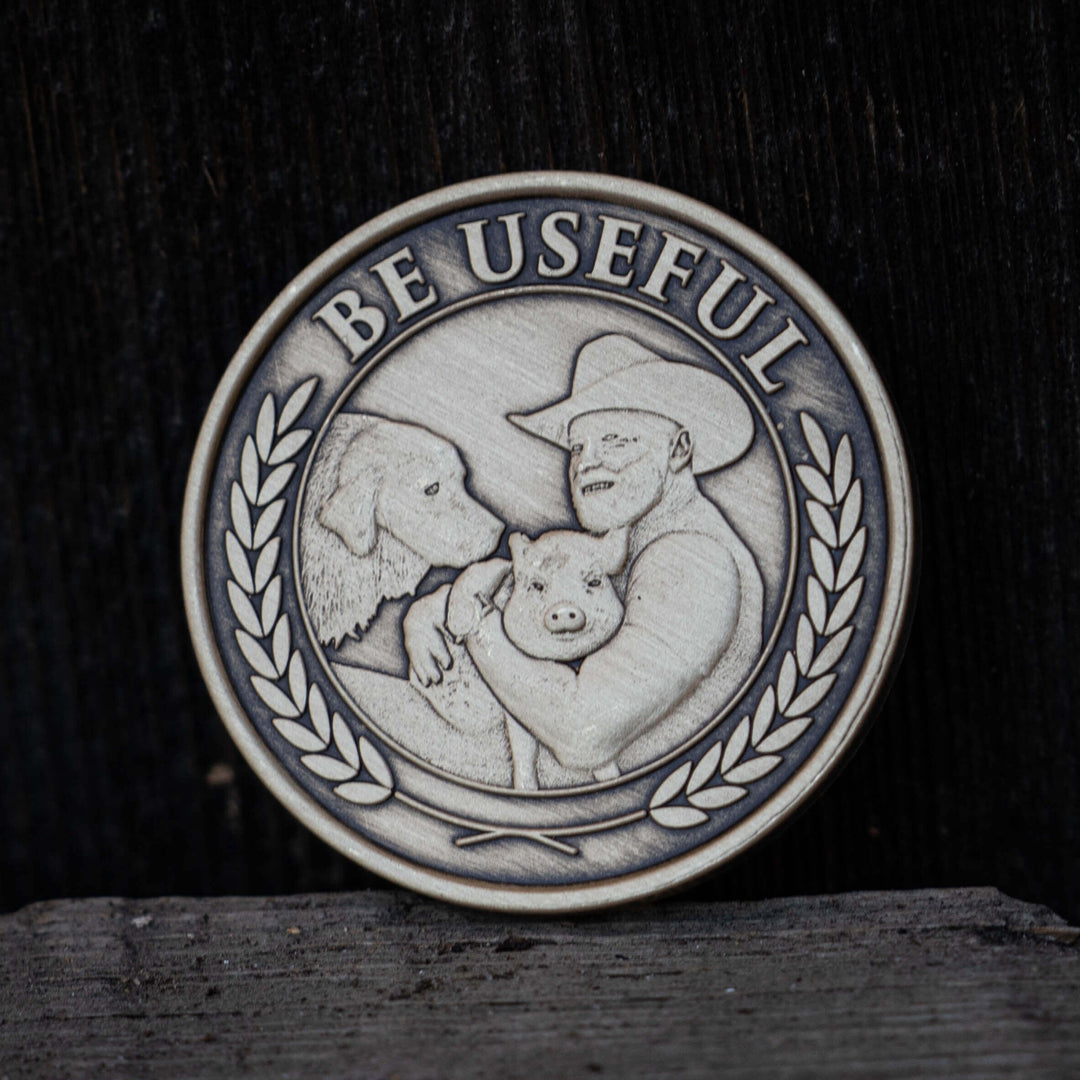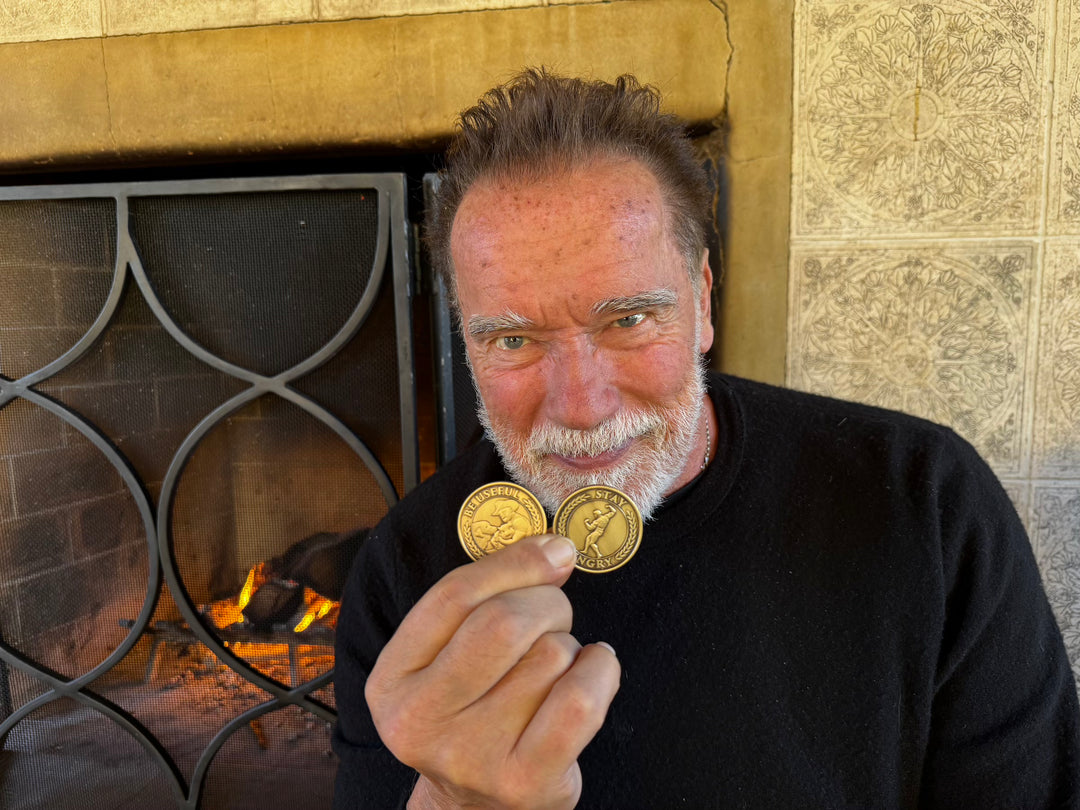Welcome to the positive corner of the internet. Here’s a daily digest designed to make you healthier in less than 5 minutes. If you were forwarded this message, you can get the free daily email here.
Today’s Health Upgrade
Tragic optimism
Let's rethink rest periods
Recipe of the week
Want more stories from Arnold? Listen to Arnold's Pump Club podcast. It's like the daily newsletter but with additional narration and thoughts from Arnold. You can subscribe on Apple, Spotify, Google, or wherever you listen to podcasts.
Are You a Tragic Optimist?
Is it better to be blissfully ignorant…or expect life to be hard?
Research suggests the idea of “tragic optimism” — holding space for both pain and joy — can help you to bounce back better from tough times.
The case for tragic optimism, as first described by Viktor Frankl, is applied to modern life in the fantastic new book Master of Change by Brad Stulberg.
Consider a study in which researchers followed people after the terrorist attacks on September 11th. Over the long haul, some found the terrible events more debilitating than others. The scientists discovered that just about everyone experienced similar levels of sadness, stress, and grief at the outset -- how could they not, these were unimaginably painful events. But those who were more resilient not only accepted what happened, but they also created space for hope and belief.
As Stulberg writes, “Tragic optimism teaches us that we can experience pain and joy, that change can bring about anguish and hope, and that impermanence represents both endings and beginnings...In between toxic positivity and being a Pollyanna on the one hand, and despair and nihilism on the other, there is a wide chasm for us to inhabit."
In other words, life is messy. And the more you accept that life will be difficult and confusing, the more your brain will be less surprised when life throws you a curveball. You might swing and miss, but you’re more likely to crush the next pitch thrown your way.
If you struggle with hard times, accepting that this is part of life—and that better times are ahead or can co-exist with your difficulties—could shift your mindset and give you the focus and energy to improve your outcomes.
Tragic optimism is an especially important concept in today's world. Because there truly is a lot to be upset and frustrated and saddened by. But, as Stulberg writes, "If we are to have any chance at fixing a broken world, we cannot become broken people... life is hard and wonderful all at once; our work is to do the best we can to embrace it all."
Editor’s Note: Brad is also a member of the village. Because he wants to give back, he’s opened up exclusive bonuses to the Pump Club. If you pre-order today, fill out this form to get your bonuses.
Are You Resting Right?
When you finish a set during a workout, what’s the next thing you do? If you usually sit down on a bench to catch your breath, keep reading.
Research suggests low-intensity “active rest” between sets might improve your workout.
The idea of active rest is simple: instead of just sitting around between sets, you do something light, such as pacing and walking around, cycling at a low intensity, or even doing a few reps of an exercise at a light weight.
For example, in the study linked above, doing reps of bench press with just 5 to 10 percent of your maximum weight between sets appeared to improve power and blood lactate, which is a measure of fatigue.
If you’re going to move more between sets, there are two important things to keep in mind:
Active rest is most likely to help you recover from extremely fatiguing workouts. If you’re not doing an intense workout, moving between sets probably won’t do much. Instead, you can rest a few minutes and be ready for your next set.
Make sure your active rest is not fatiguing itself. The idea of active rest is designed to help your body recover. But research suggests that if your between-set movement is too challenging, it will only exhaust you more instead of recharging.
Recipe of the Week: Energy Bites
Protein bars are great — in theory. But many of them are loaded with unnecessary added sugar, don’t have much protein, lack flavor, and are surprisingly expensive. This recipe trades bars for homemade bites. (And if you don’t have protein powder, you can make it without).
PB&J Energy Bites
Makes 25 bites
Prep time: 15 minutes
Ingredients
8 Medjool dates, pitted
1/3 cup all-natural creamy peanut butter
2 tablespoons jelly or preserves, flavor of your choice
1 teaspoon pure vanilla extract
1 teaspoon unfiltered raw honey
2 scoops whey or plant protein powder (chocolate, vanilla, or unflavored)
Dash ground cinnamon
Pinch salt
1 tablespoon chia seeds
1/4 cup unsalted roasted peanuts
2 tablespoons unsweetened dried cranberries or tart cherries
1/2 cup rolled oats
Instructions
1. In a small bowl, combine the dates and just enough warm water to cover the tops. Let soak for 10 to 15 minutes, until softened.
2. In a food processor, combine the dates, peanut butter, jelly, vanilla, honey, protein powder, cinnamon, and salt. Process until smooth. You may have to stop and use a spatula to scrape down the sides. Add the chia seeds, peanuts, dried fruit, and oats. Pulse in quick increments to combine while still maintaining some of the texture.
3. Spoon about a tablespoon of the mixture and roll into a ball about 1 inch thick. Repeat for each ball. Place on parchment paper, seal in a container, and refrigerate.
Eat, enjoy, and let us know what you think!


